“Goodbye again, Cambridge” is a poem by a modern Chinese poet Xu Zhi Mo (再別康橋,徐志摩), and one of our compulsory study materials a couple years back in Chinese classes. I don’t exactly have my notes for the piece, but the imagery of the poem is something I vividly remember in my mind. I think the reason for that is his ability to illustrate the scenery in such a realistic yet lively manner, which is a style of writing rarely seen in older poems.
Softly as I came…..
This is not my first, and hopefully not my last visit to Cambridge. And while the title might suggest that this is a literary piece, no, I think my shots speak more eloquently than my words. Enjoy this random collection of shots!
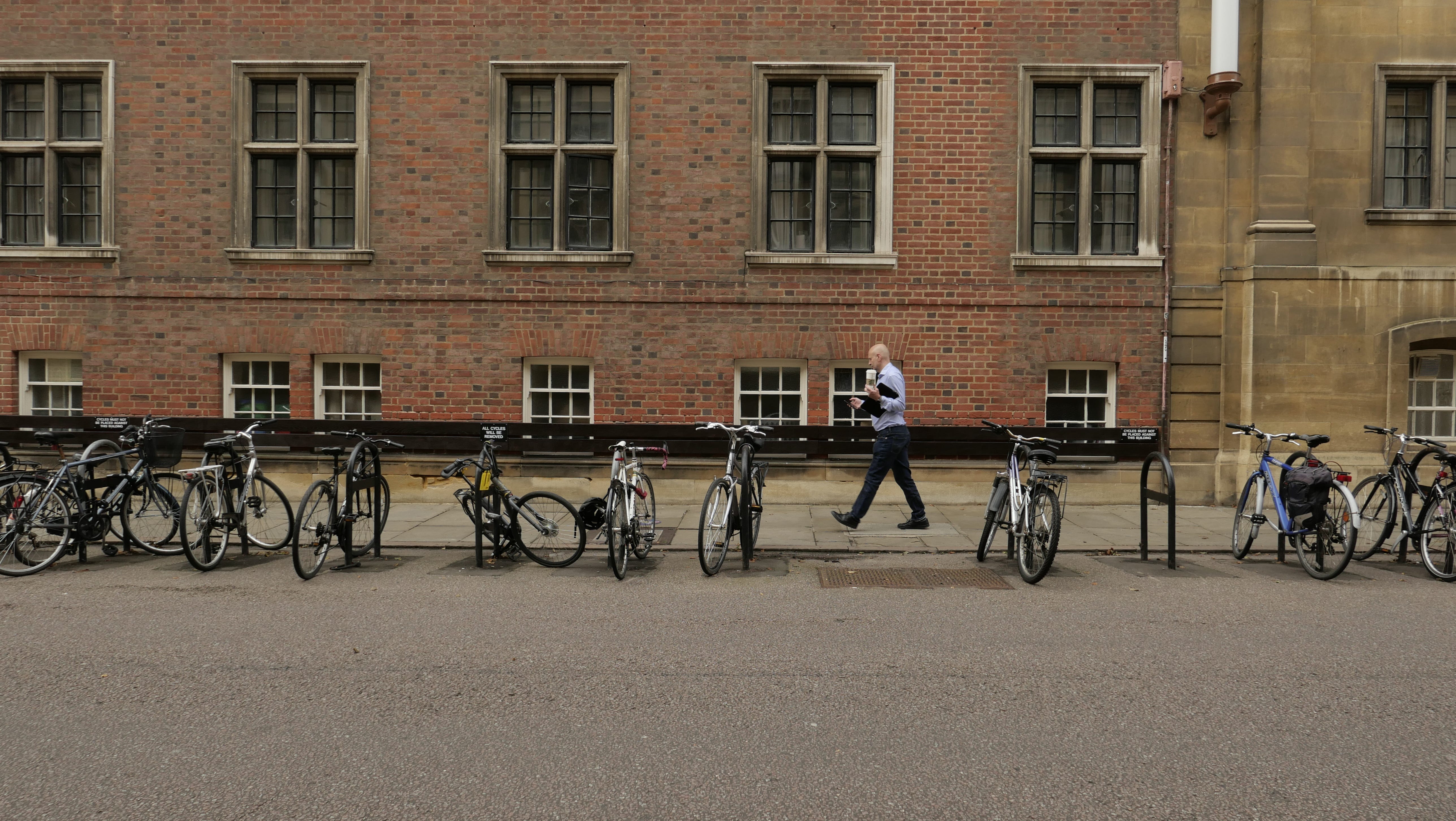
Swaying leisurely in the waters…….
Cambridge cannot live without the River Cam, akin to the way the London cannot exist without the River Thames. Except in Cambridge the town is a whole lot smaller, so everything feels so close to the river. That means a big part of our trip revolves about the River and its golden willows and beautiful elm trees.
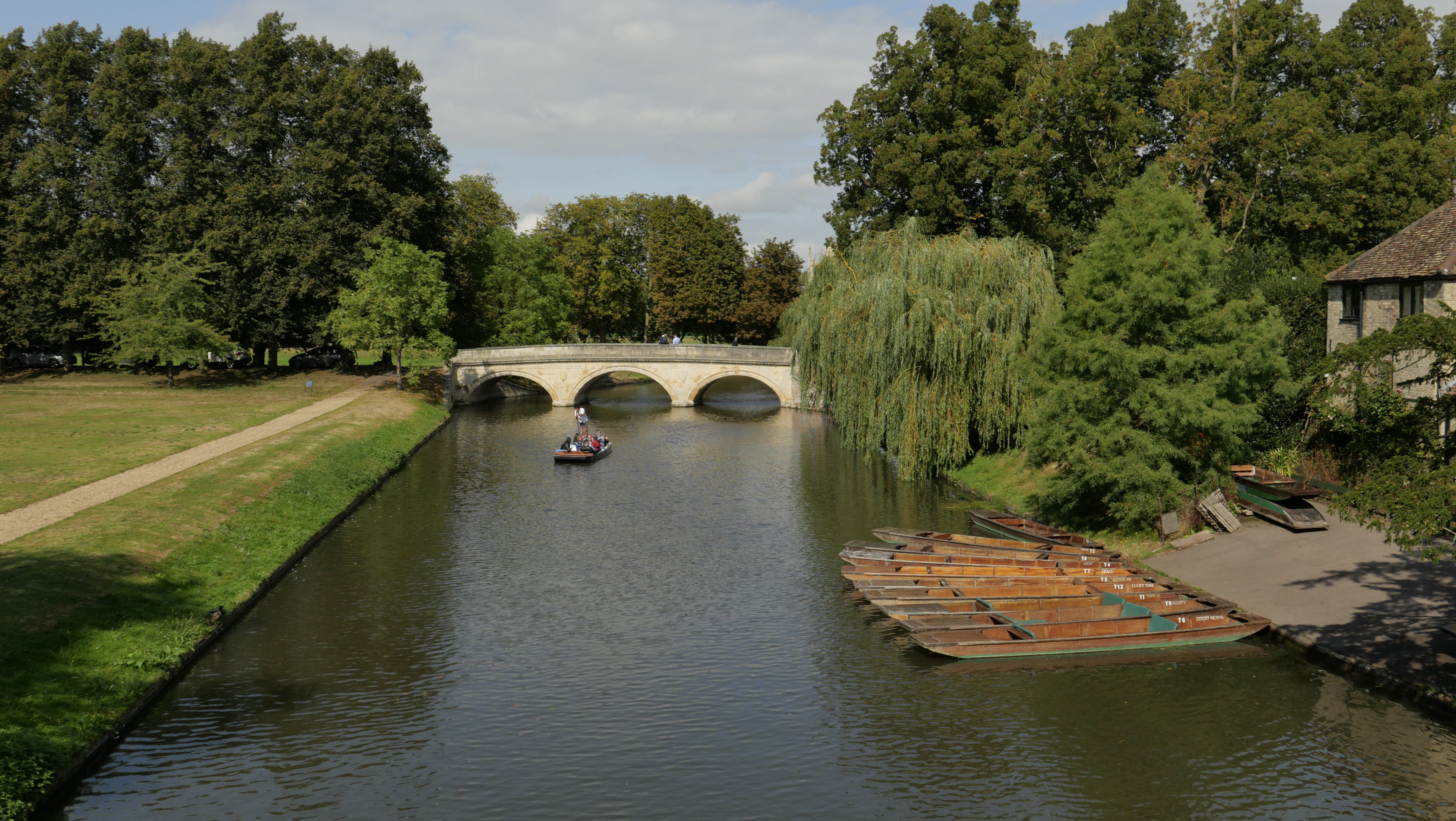
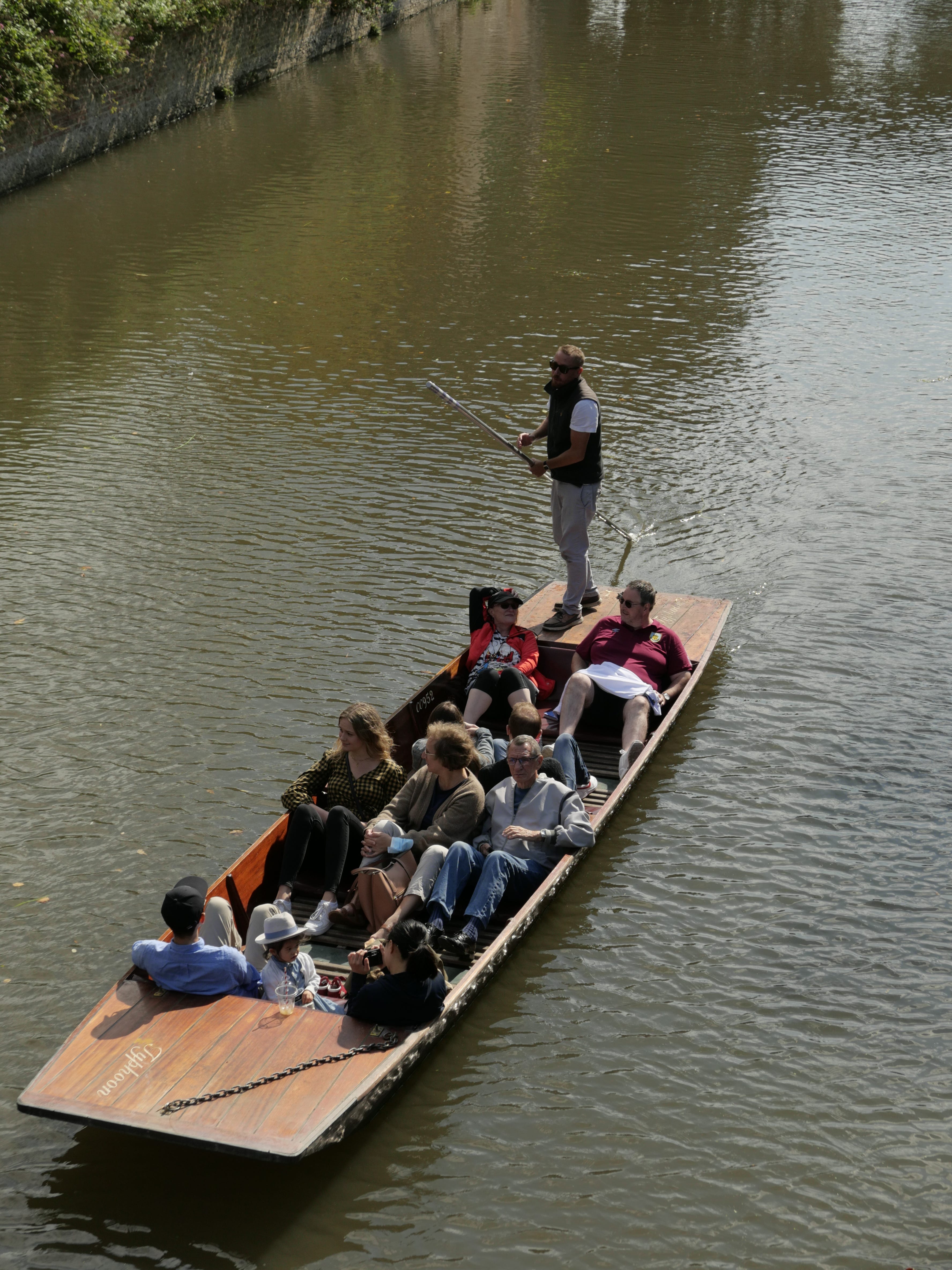
And of course, past “orgasm bridge” comes a cute (but somewhat hostile) swans and ducks!
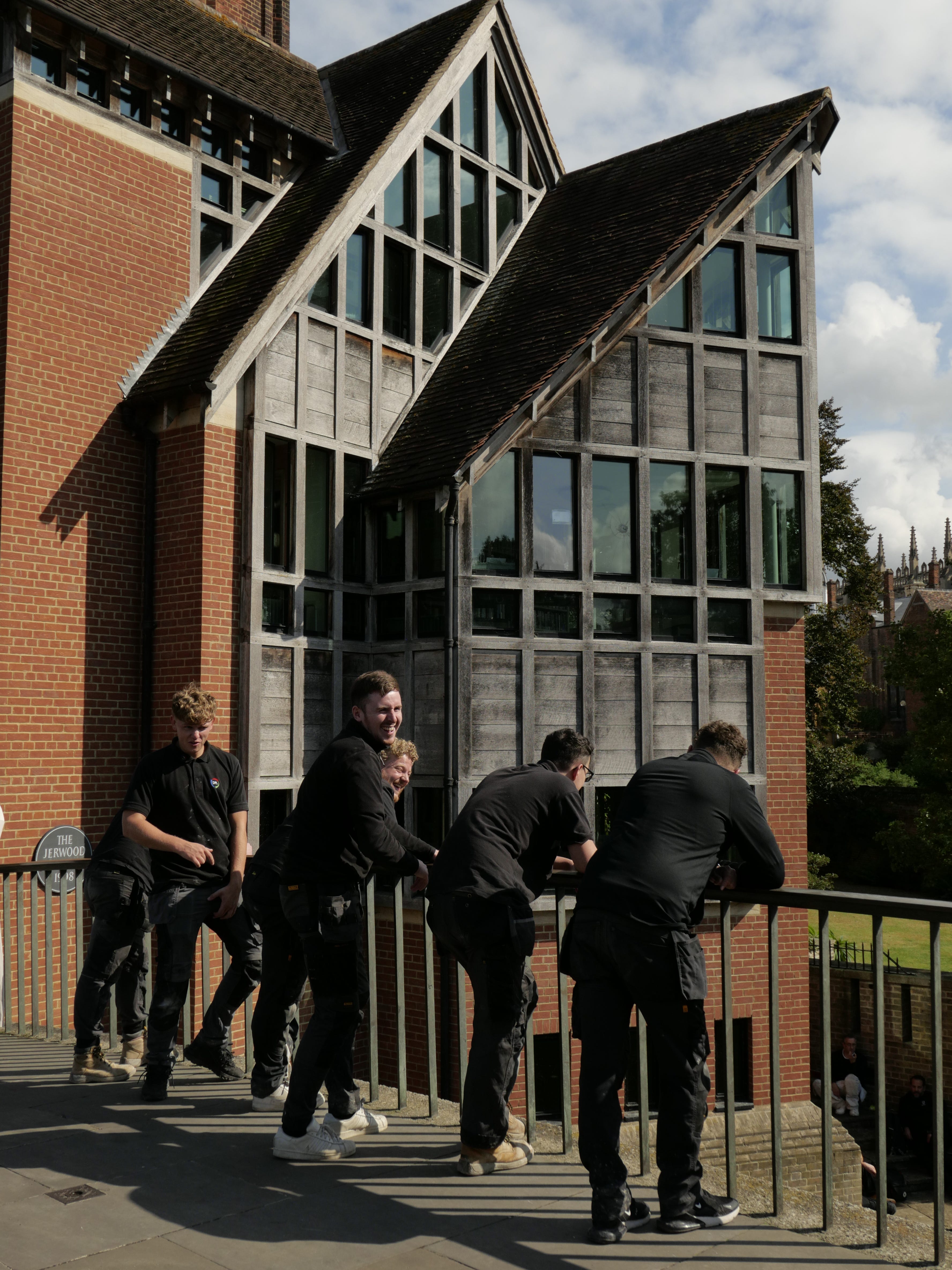
Saturday mood
Are we even on Saturday?
Surf and turf
A group of ducks taking a leisurely swim (and brief flight)
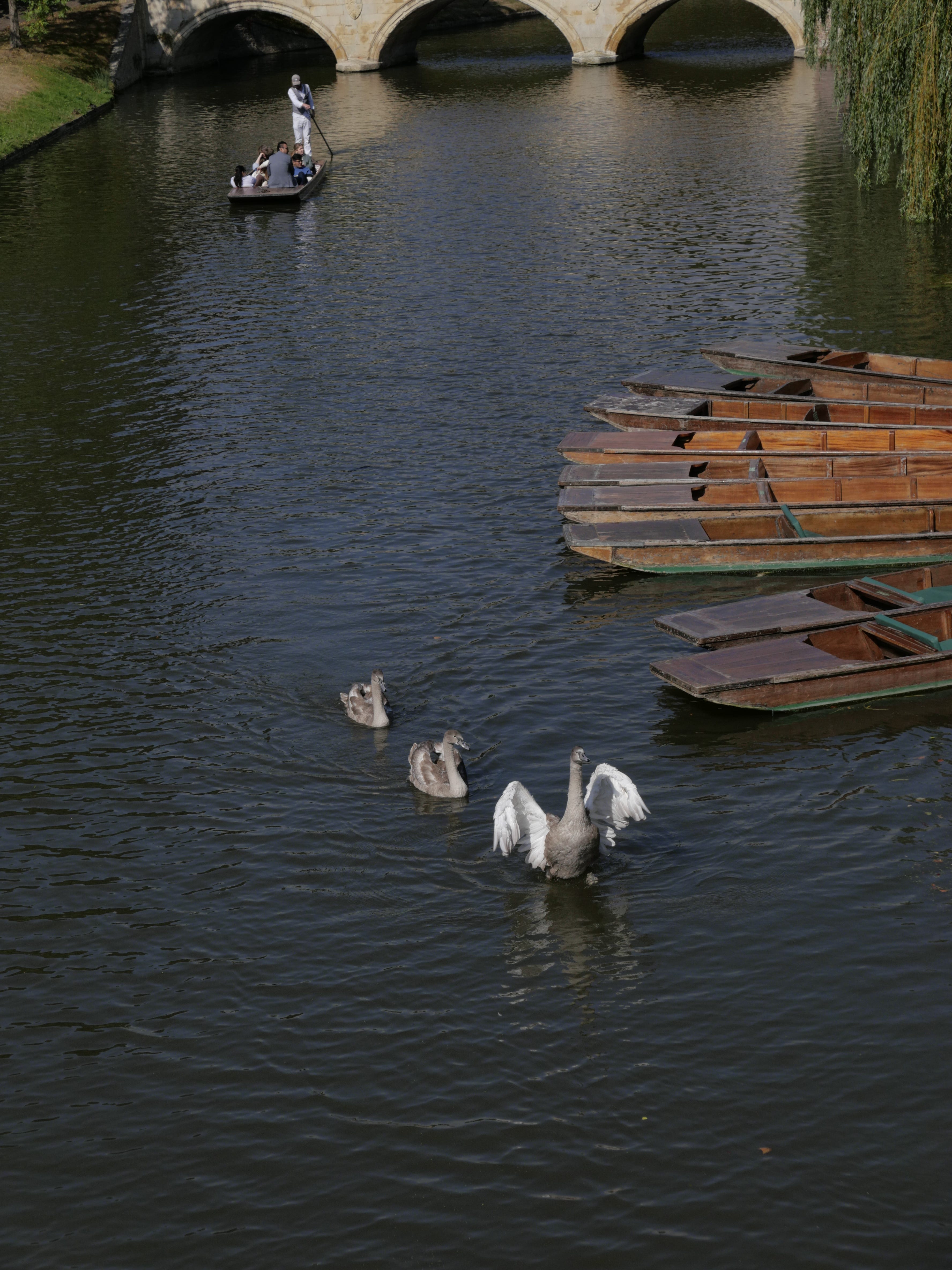
The shadows beneath the bridge particularly caught my attention — when the reflections on the water shimmer, you just become mesmerised in the dancing patterns….
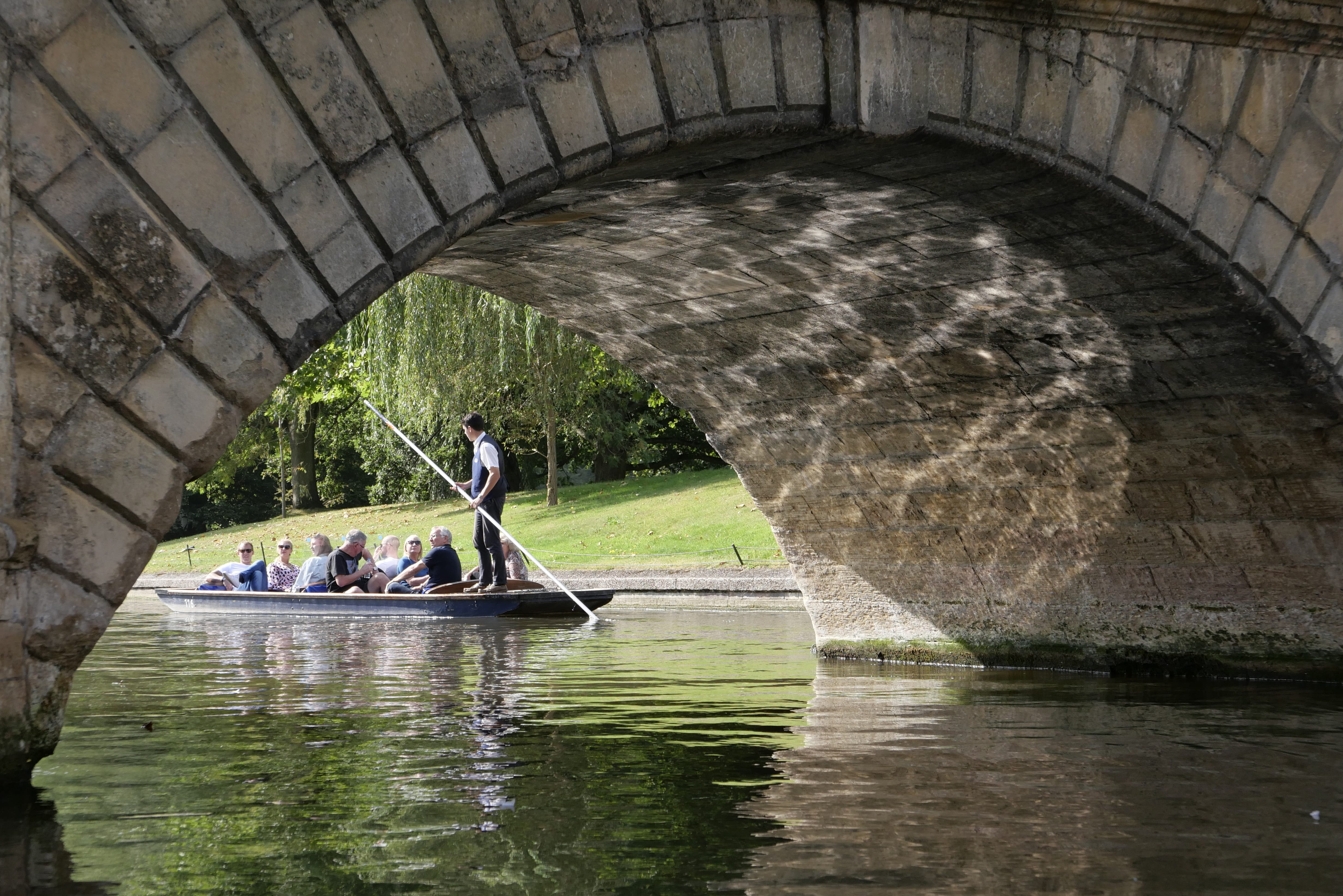
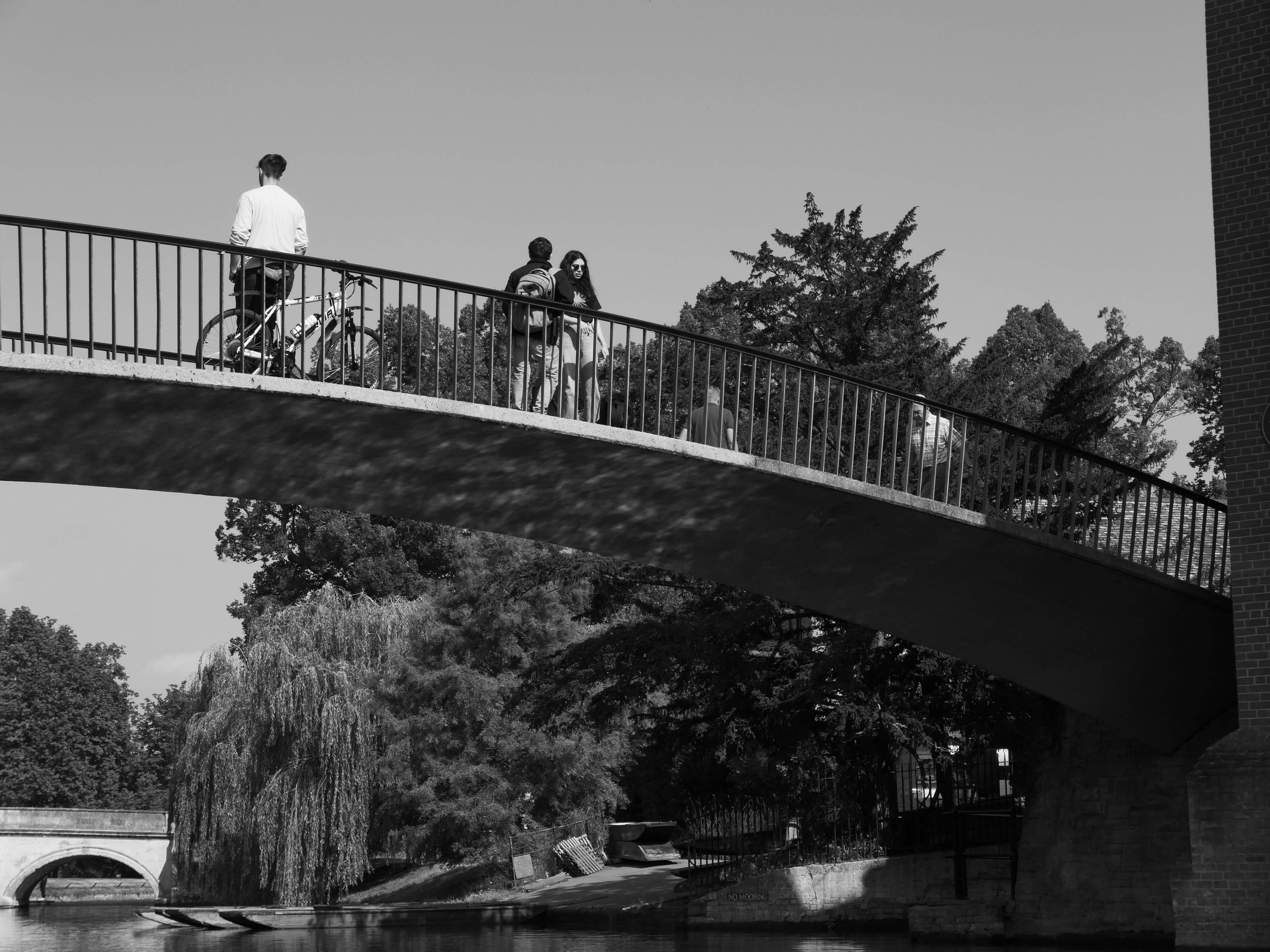
Punting with a long pole
In Xu Zhimo’s words:
To seek a dream? Go punting with a long pole,
Goodbye again, Cambridge
Upstream to where green grass is greener,
With the punt laden with starlight,
And sing out loud in its radiance.
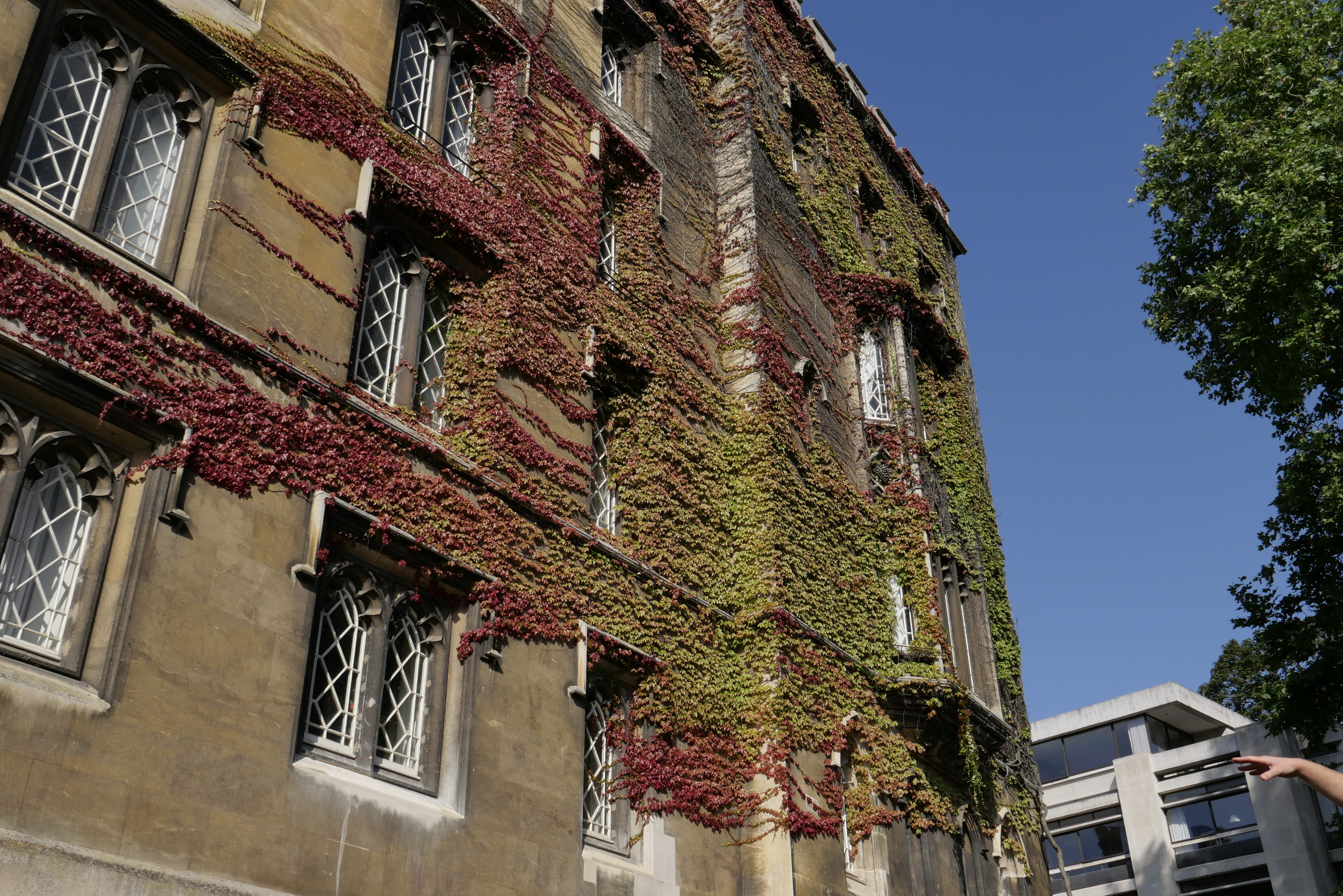
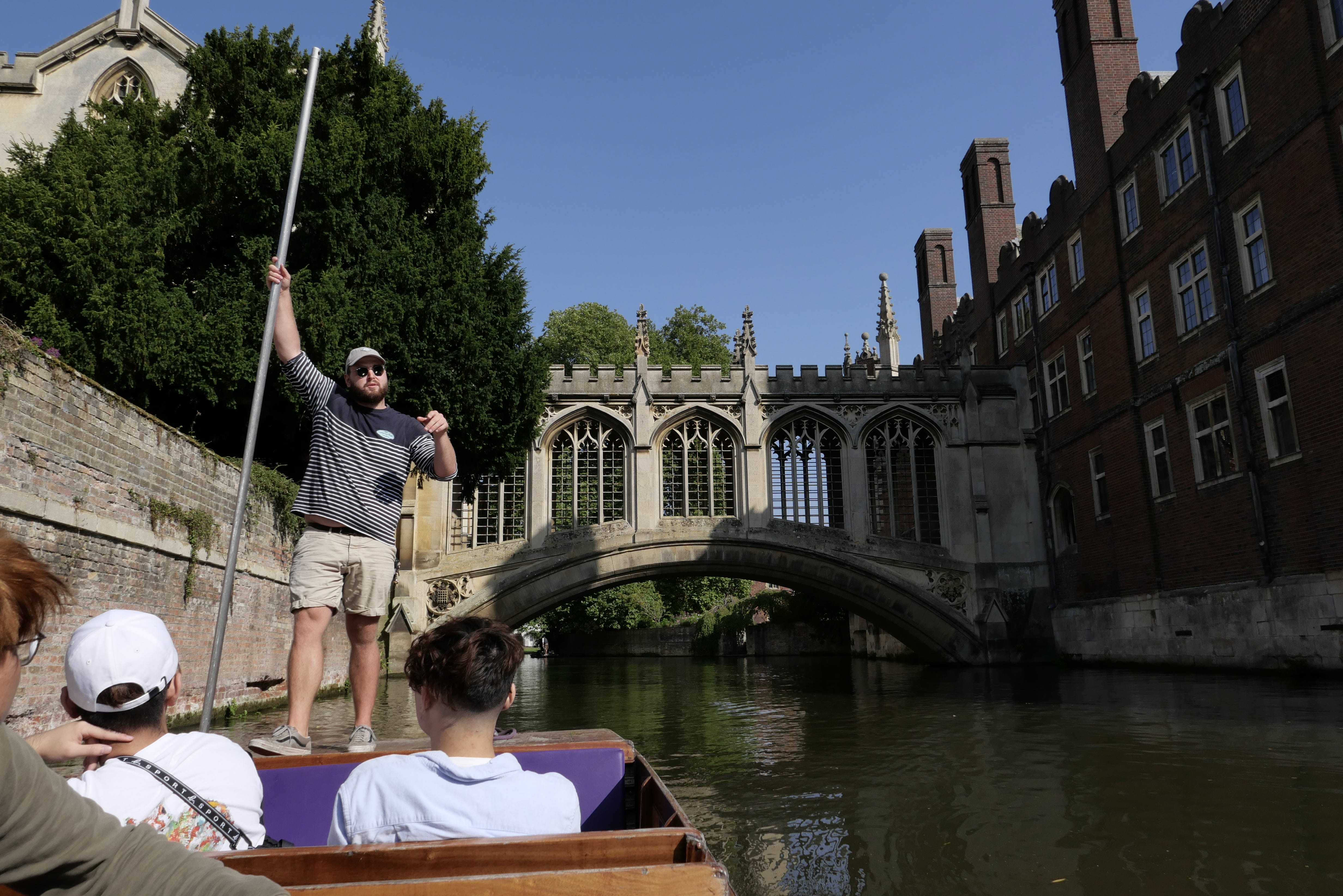
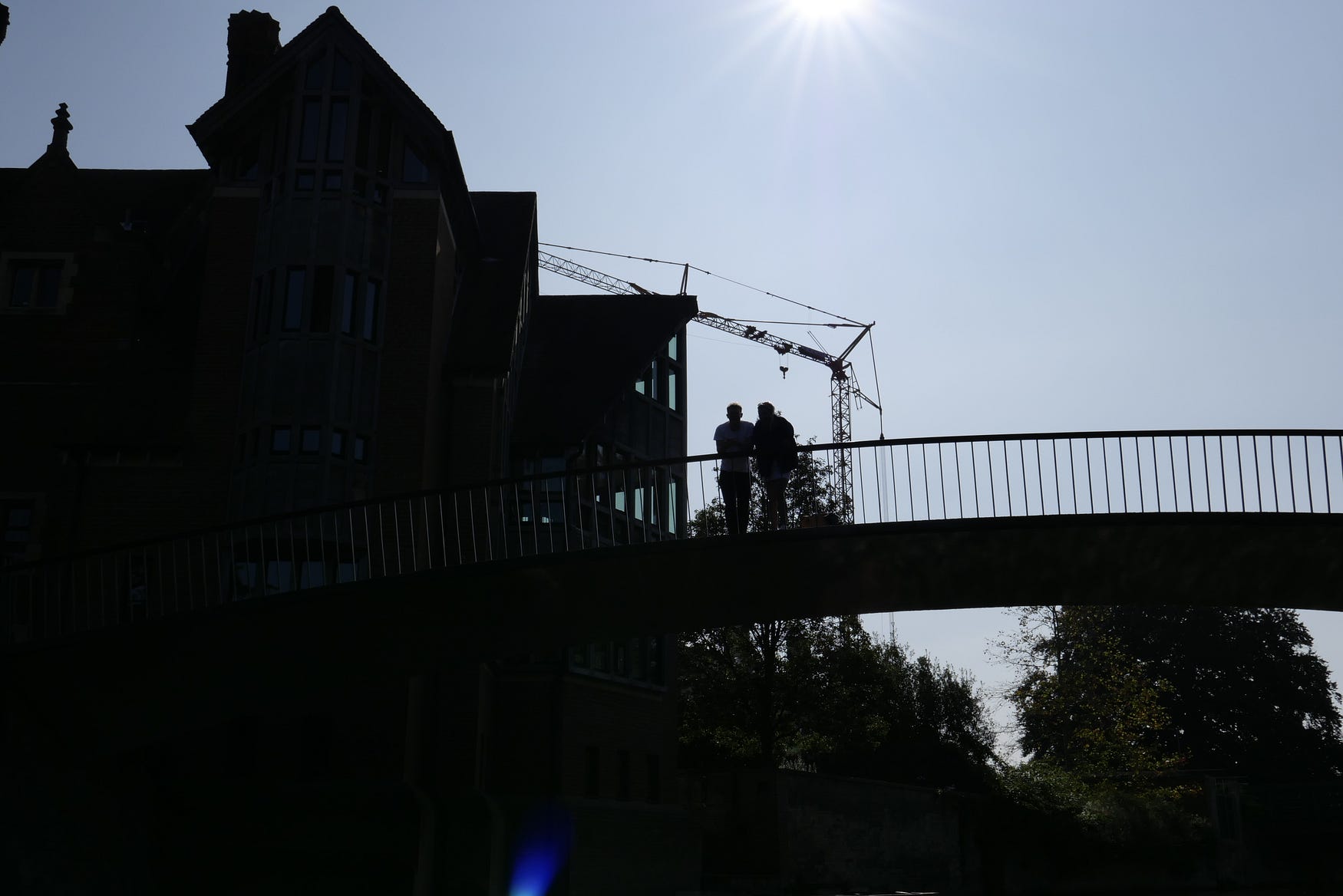
Once you actually roll up your sleeves (actually I was wearing a short-sleeved T-Shirt anyways) and try punting however, you would realise that his imagery in poem is overly romanticised or even disillusioned, and anyone who thinks “what you read is what you get” would be mildly disappointed upon trying to do so. Or at least that’s the way you would feel when you’re doing it the first time.
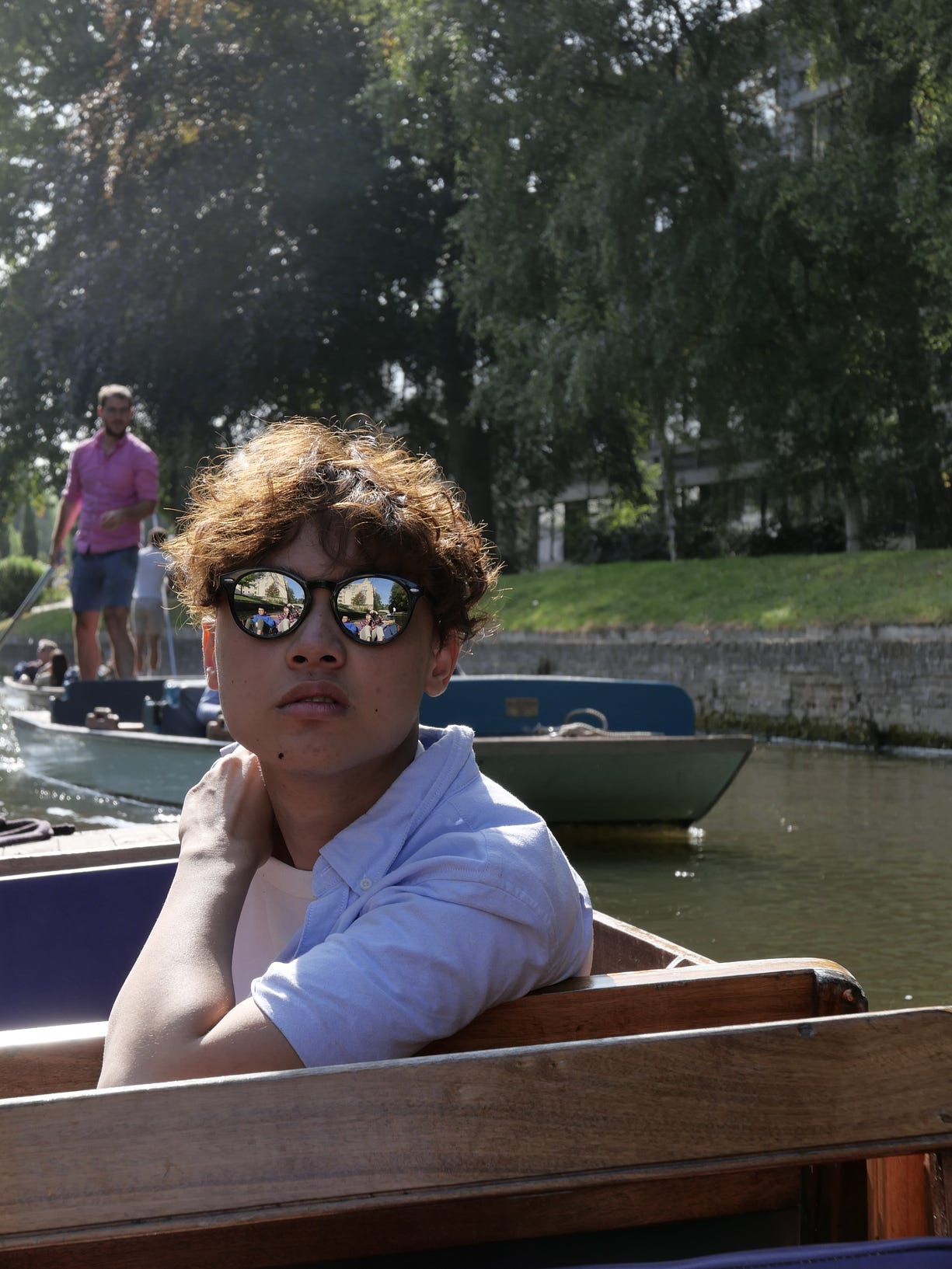
First of all, the pole is metallic and a large portion of it is always submerged in water, which means that you’re also constantly bracing yourself against the drag of the river. It feels as if the river is pulling yourself into it, but on the bright side the pole floats so hold on to it in the very unfortunate event where you fall.
Secondly, the river bed varies largely along the length of the River, both in terms of depth and ruggedness. So be aware of getting the pole stuck in between rocks, and falling into the water as the boat continues forward.
Thirdly, beginners like us constantly crash into the banks, as we push the boat in the incorrect direction. In fact, one of us almost managed to get us stuck under the bridge. (Hint: which shot was taken under a bridge?)
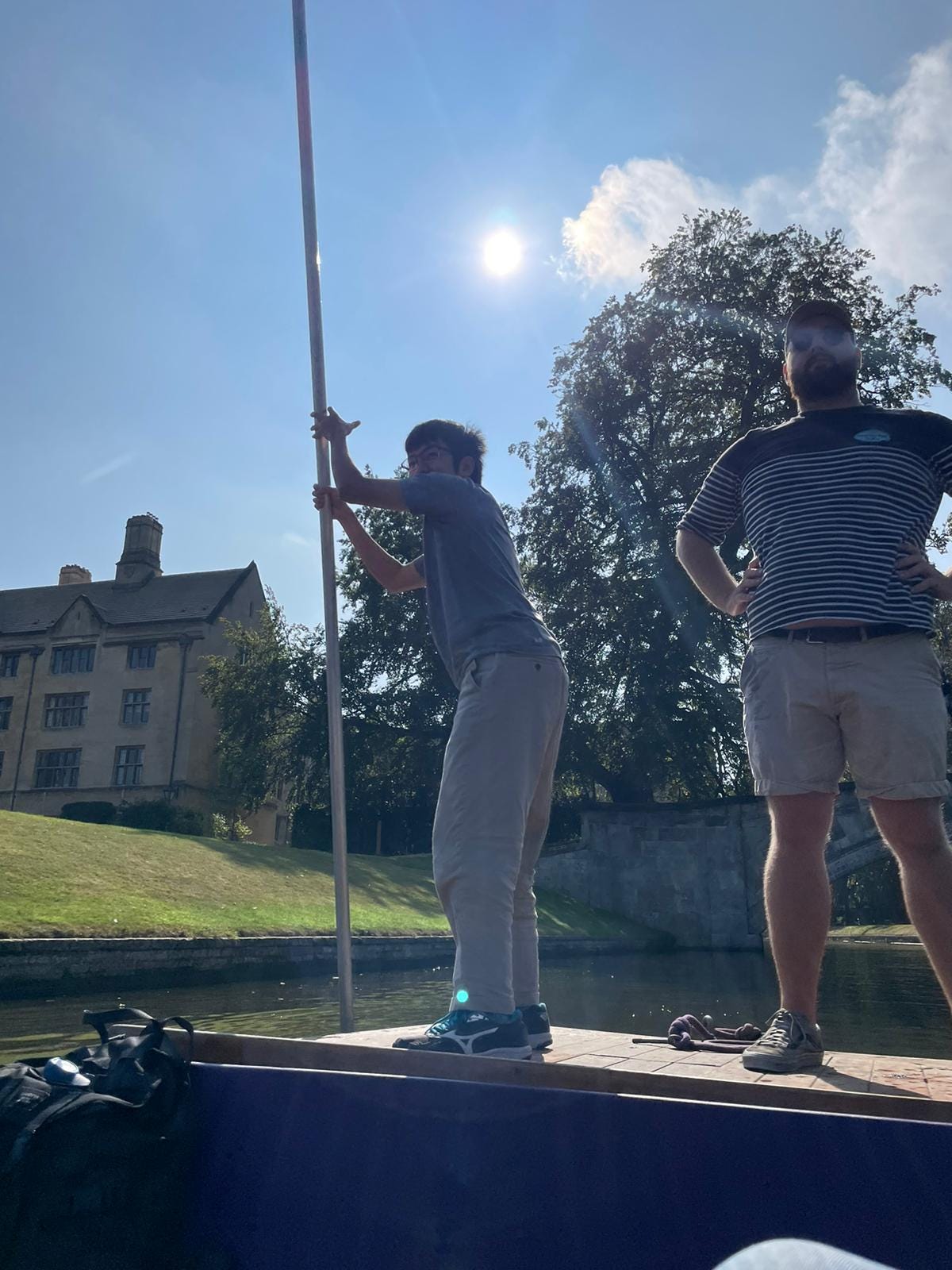
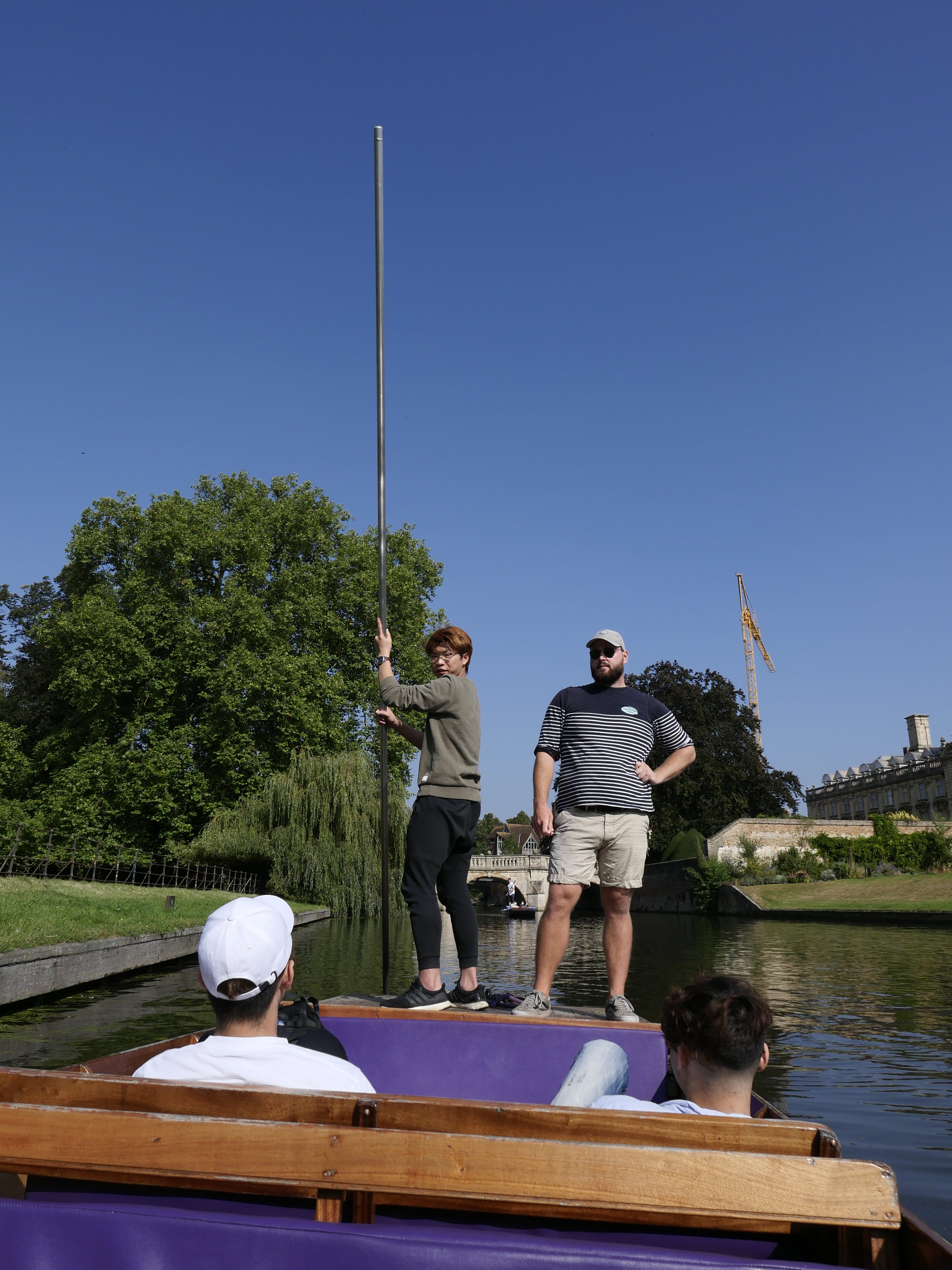
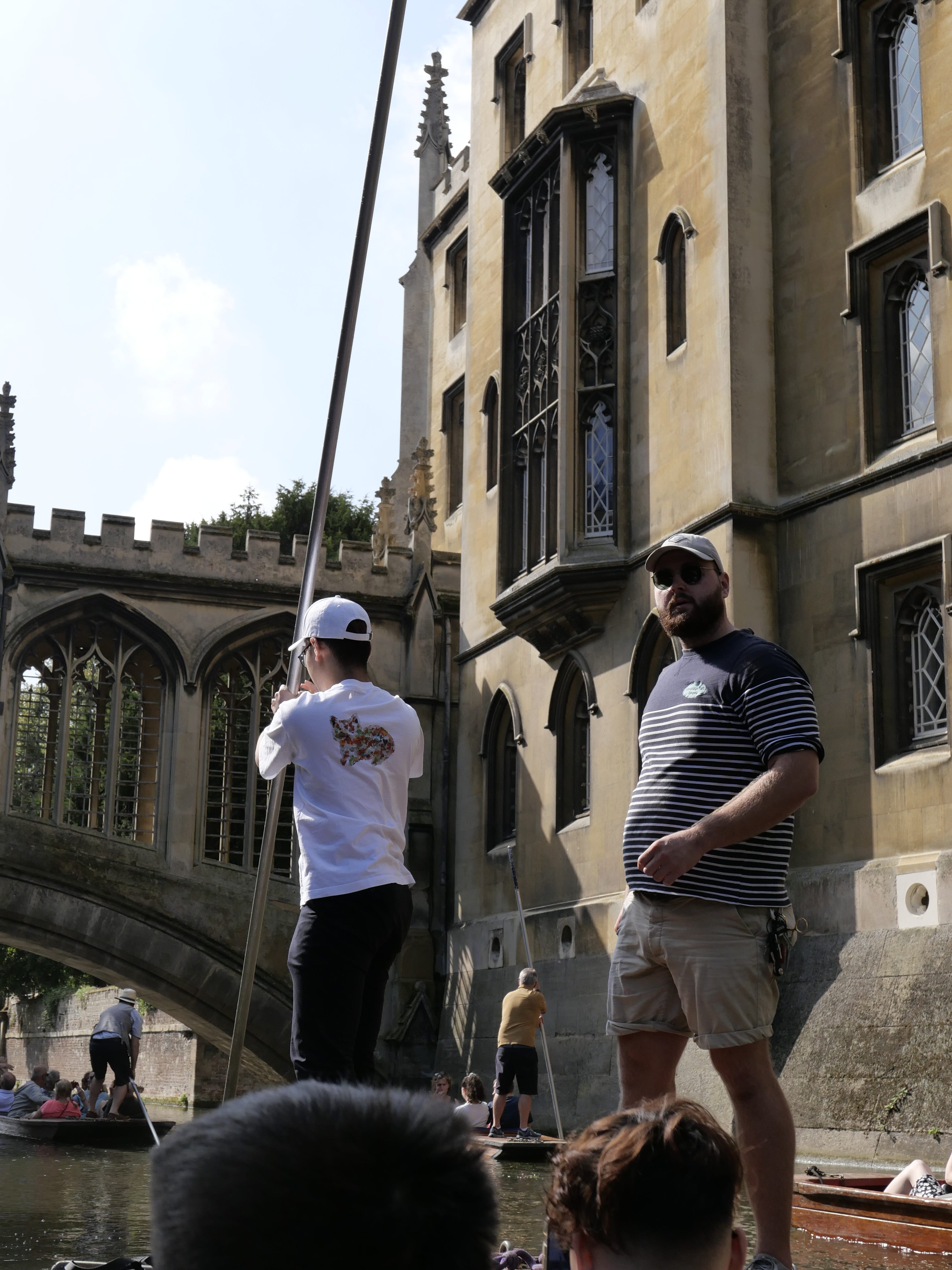
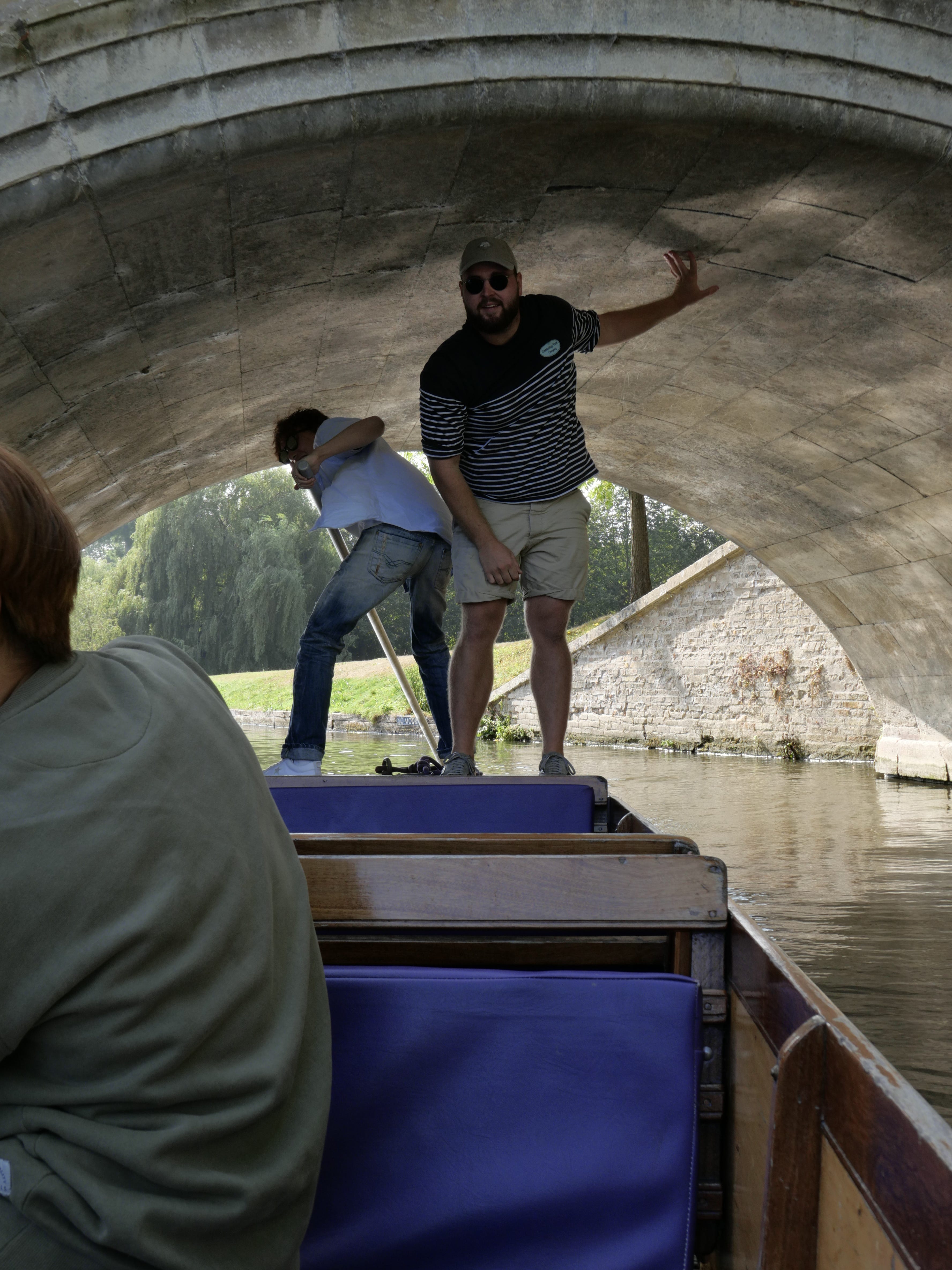
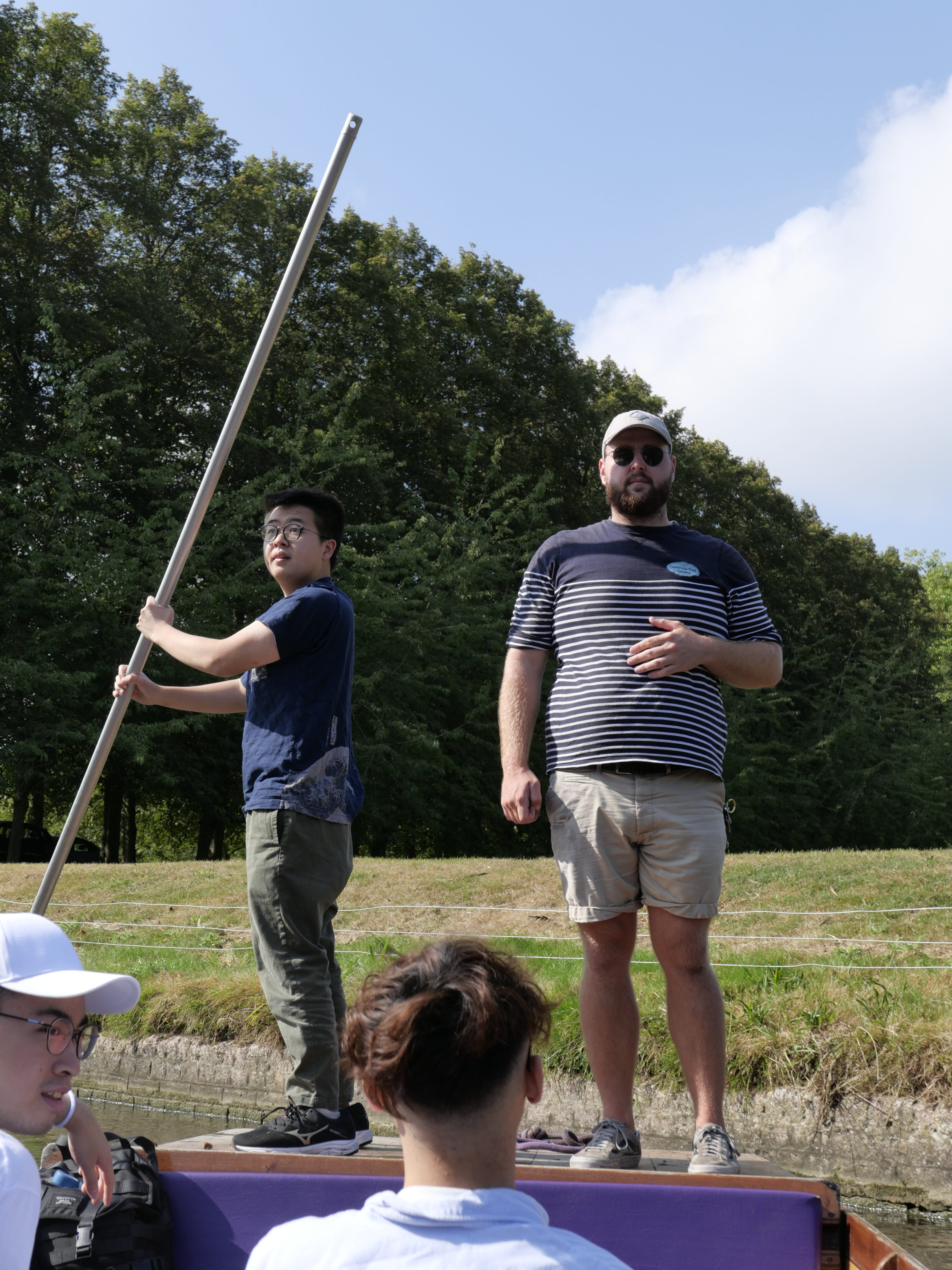
To be fair though, our guide Dave does make punting seem a lot easier than it seems, which suggests that it is a skill that can be strengthened over time. And while we’re at it, he’s a zoological studies graduate (forgot the exact name of his degree) and he works at the punting company during vacations. He told us more about his studies, the years Cambridge graduates like him spend queueing for a wedding booking in front of Kings College (even before having a partner in the first place ?!) and the mindblowing amounts colleges charge to open their venues for filming. At a first glance many of these statements might seem like a bit of a bluff, but I guess a Cambridge student knows best.
That said, if you are granted the opportunity to do so, I would absolutely recommend trying punting yourself.
Museums
What makes a British town British? Free museums, free museums, and more free museums!
Fitzwilliam Museum
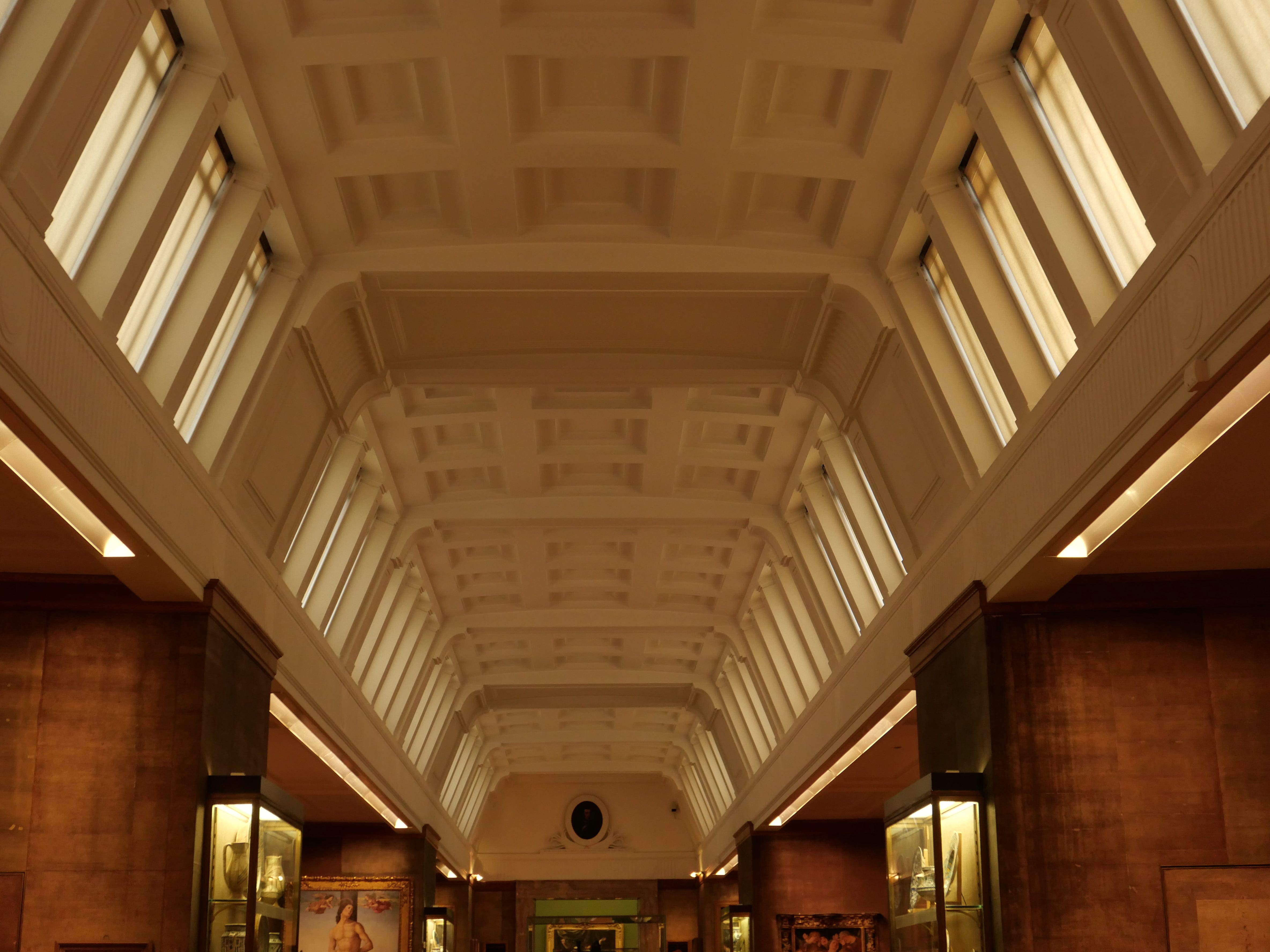
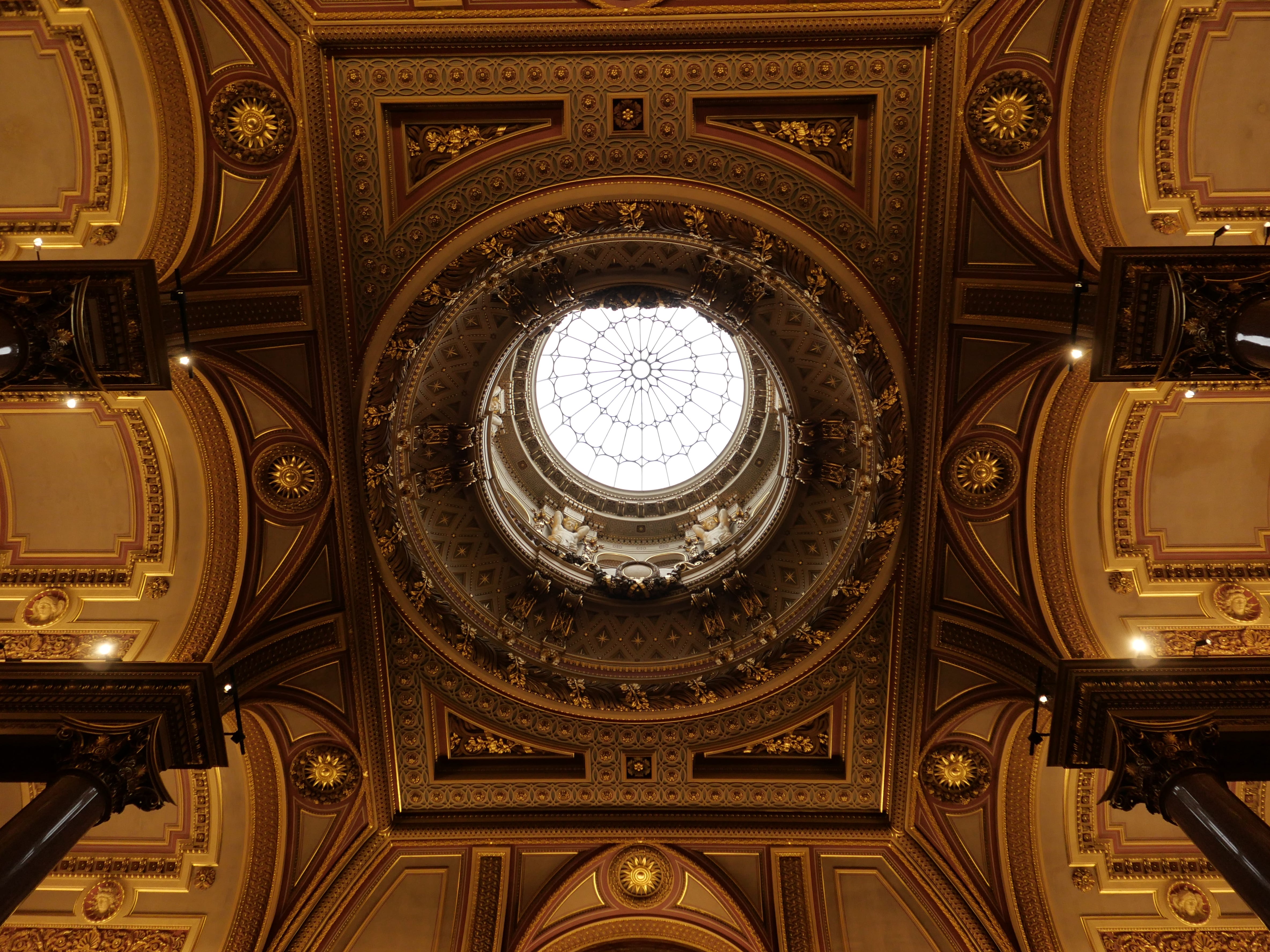
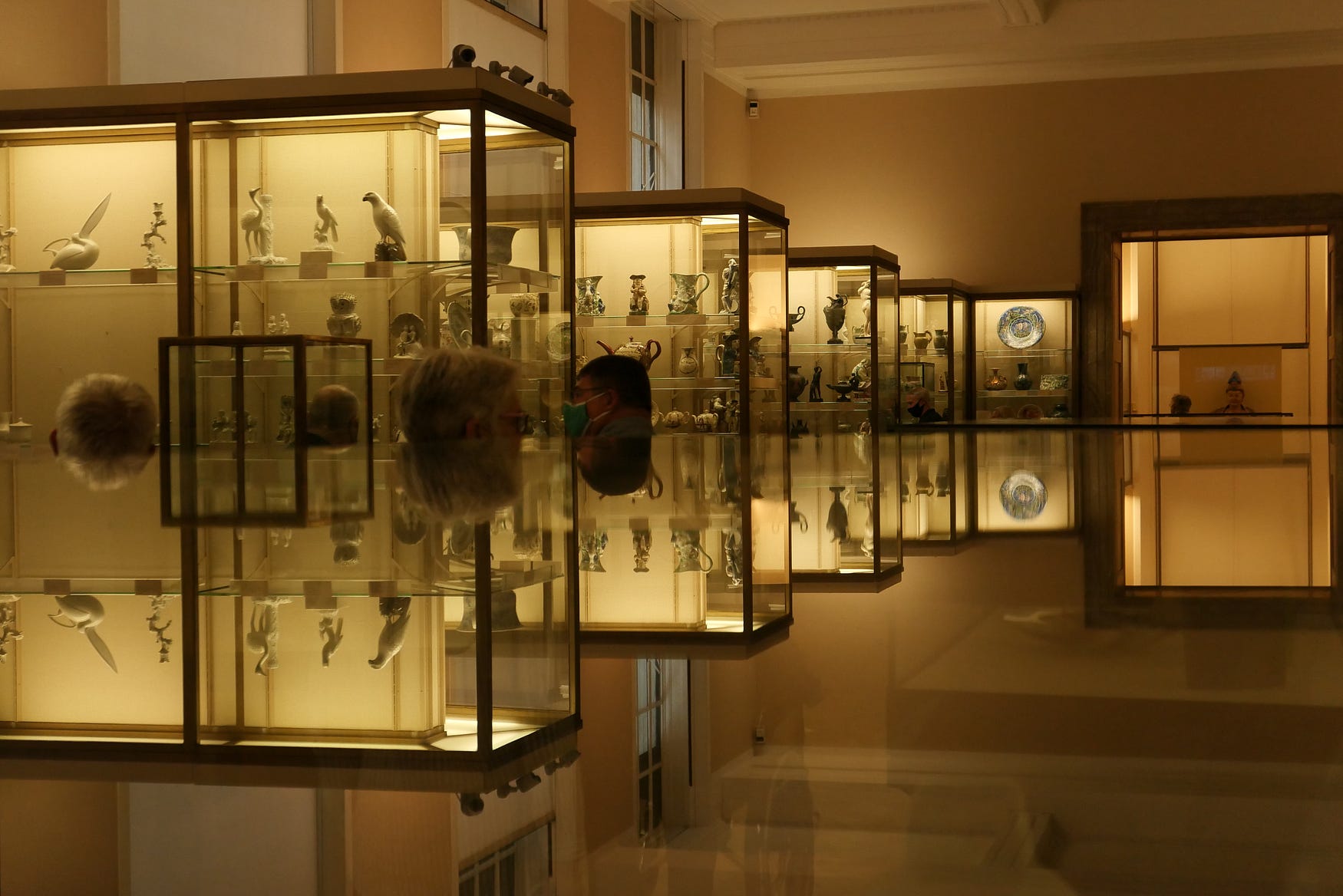
I don’t really recall much about my visit at the Fitzwilliam museum, but it was certainly amusing to see many senior citizens touring around the museum.
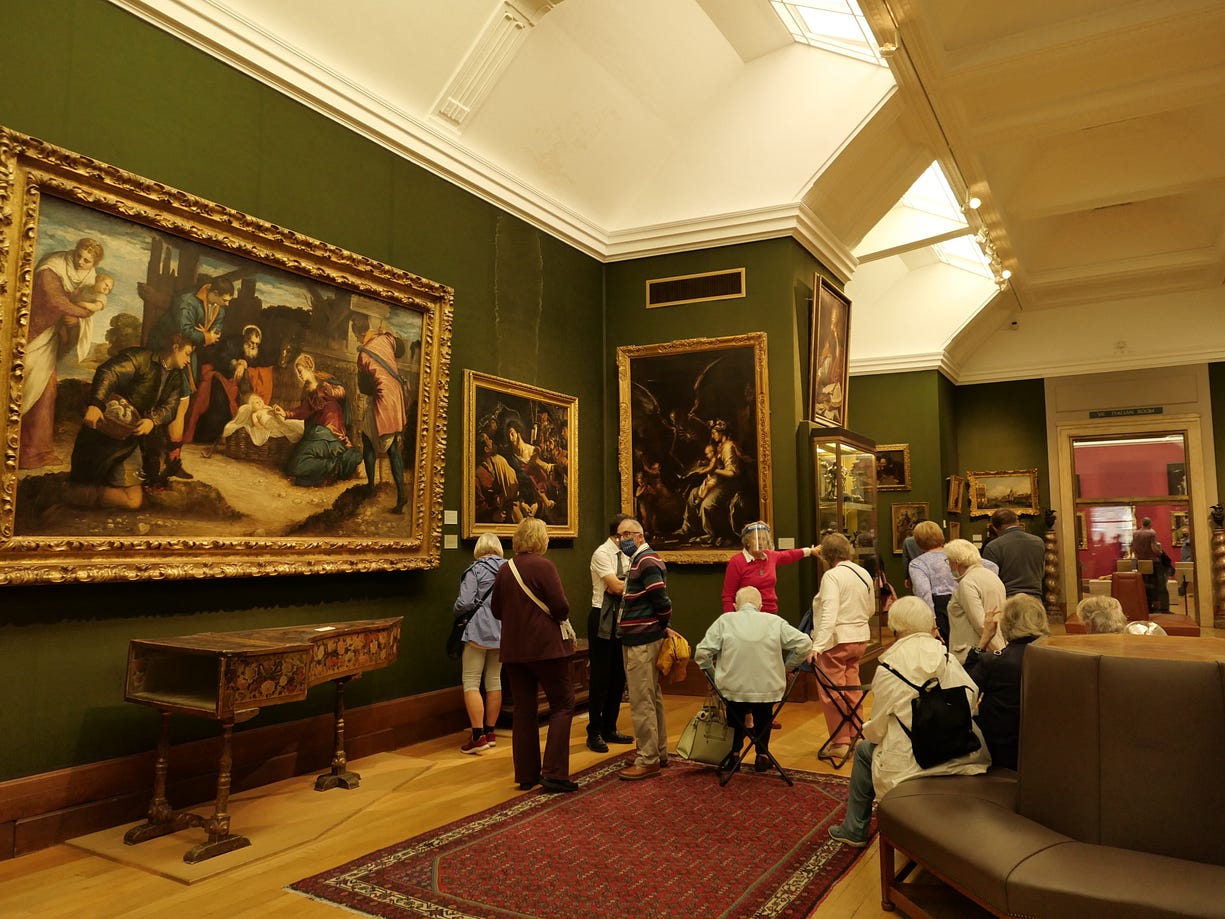
Sedgwick Museum of Earth Sciences, Museum of Archaeology and Anthropology
If you want an alternative perspective of Charles Darwin, the Sedwick Museum of Earth Sciences is the right place for that. This is interesting because we hardly associate Darwin with anything other than his theories on evolution.
In addition to the collection of fossils and geological artefacts displayed in the small museum, it contains a number of collectables from Darwin, mostly from his trip around the world on the HMS beagle. These experiences are vividly documented in the museum, and it feels reassuring to learn that scientists don’t spend their lives endlessly locked in the lab.
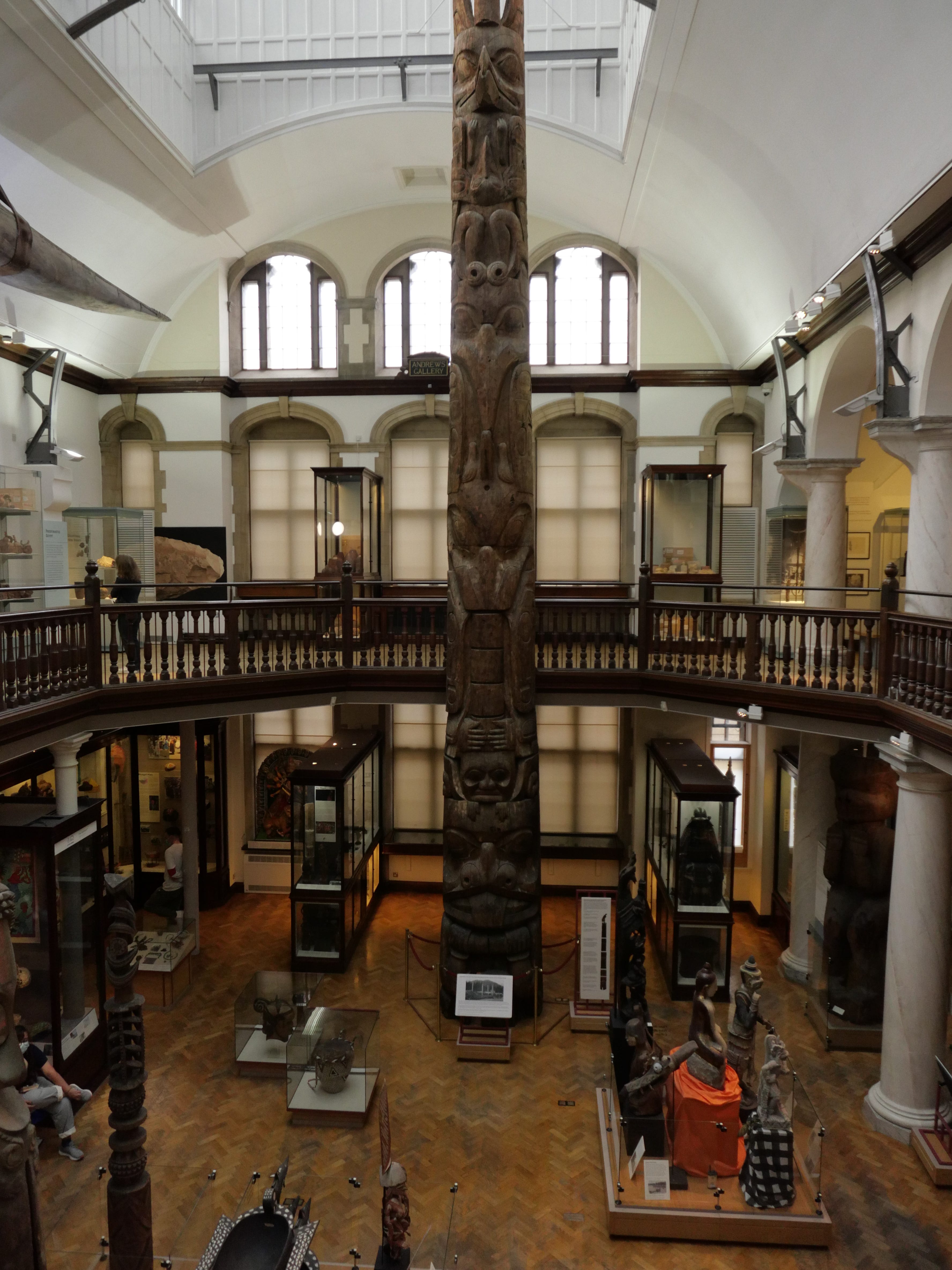
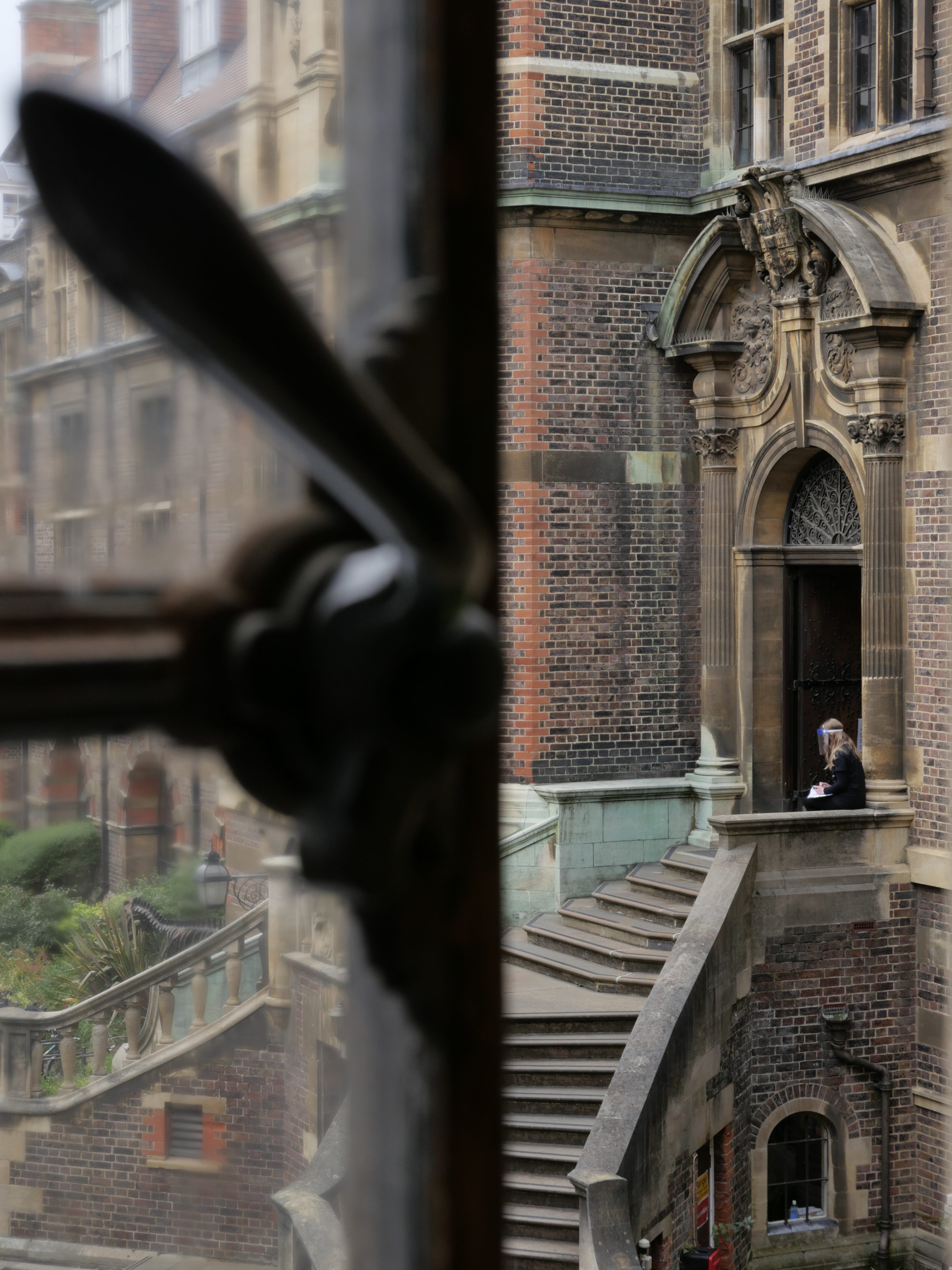
In a typical British fashion, the museum of archaeology and anthropology is full of collectables “stolen” around the world, including a number from China and Mongolia. Also in a typical british fashion, there are a number of sizeable collectables, such as the 8 metre tall Maori flagpole, which always makes me wonder how or why the British, in their right minds, would transport such large objects (or even architectural artefacts) from far, far away places. Apparently, there is a giant door (trap door?) on the floor between G/F and 1/F.
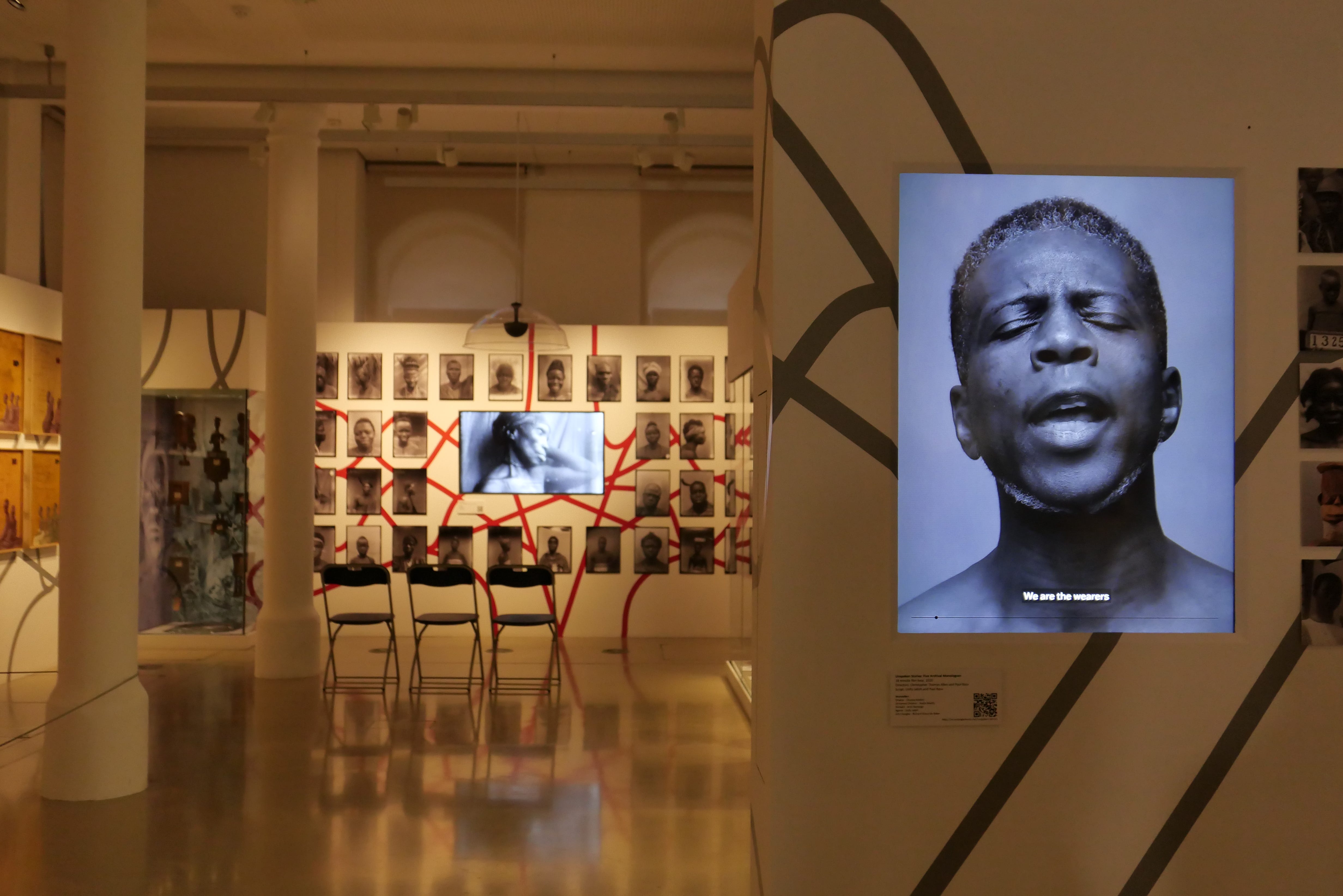
Being midly bored with the artefacts arouind the gallery, I “mistakedly” picked up the attendant’s handbook sitting in the corner of gallery. I was on the page outlining visitor’s most asked questions, particularly one addressing the fact that some artefacts are (forcibly) taken from foreign countries.
That was when the museum attendant approached me and kindly asked me to return her the booklet. When confronted with the question, she gave an expected official response — that the museum is not directly involved with original owners of the artefacts, and that all artefacts are donated to the museum from independent collectors.
However, she kindly referred me to the [Re:]Engtanglement gallery on the ground floor, which exhibits video responses about the nature of colonialism from previously colonised Africans.
Funnily enough this exhibition space is called the Li Kai Shing Gallery.
This exhibition is unlike any other museum exhibit I’ve ever seen. It confronts very difficult questions, in particular the portrayal of colonialism from first world academics’ perspectives. In fact one of the respondants believe that the way academics investigate colonialism is comparable to the way zoologists investigate animals.
I’m just glad that this museum feels like a place co-produced by locals and individuals directly relevant to the exhibits.
Rolling down the streets
I’ve always thought that London was cycle friendly. But Cambridge is at a completely next level. I love cycling, so I can’t imagine what cycling in Amsterdam or Copenhagen, the world’s most cycle friendly cities, would feel like. Hopefully, I can visit these places some time in the near future!
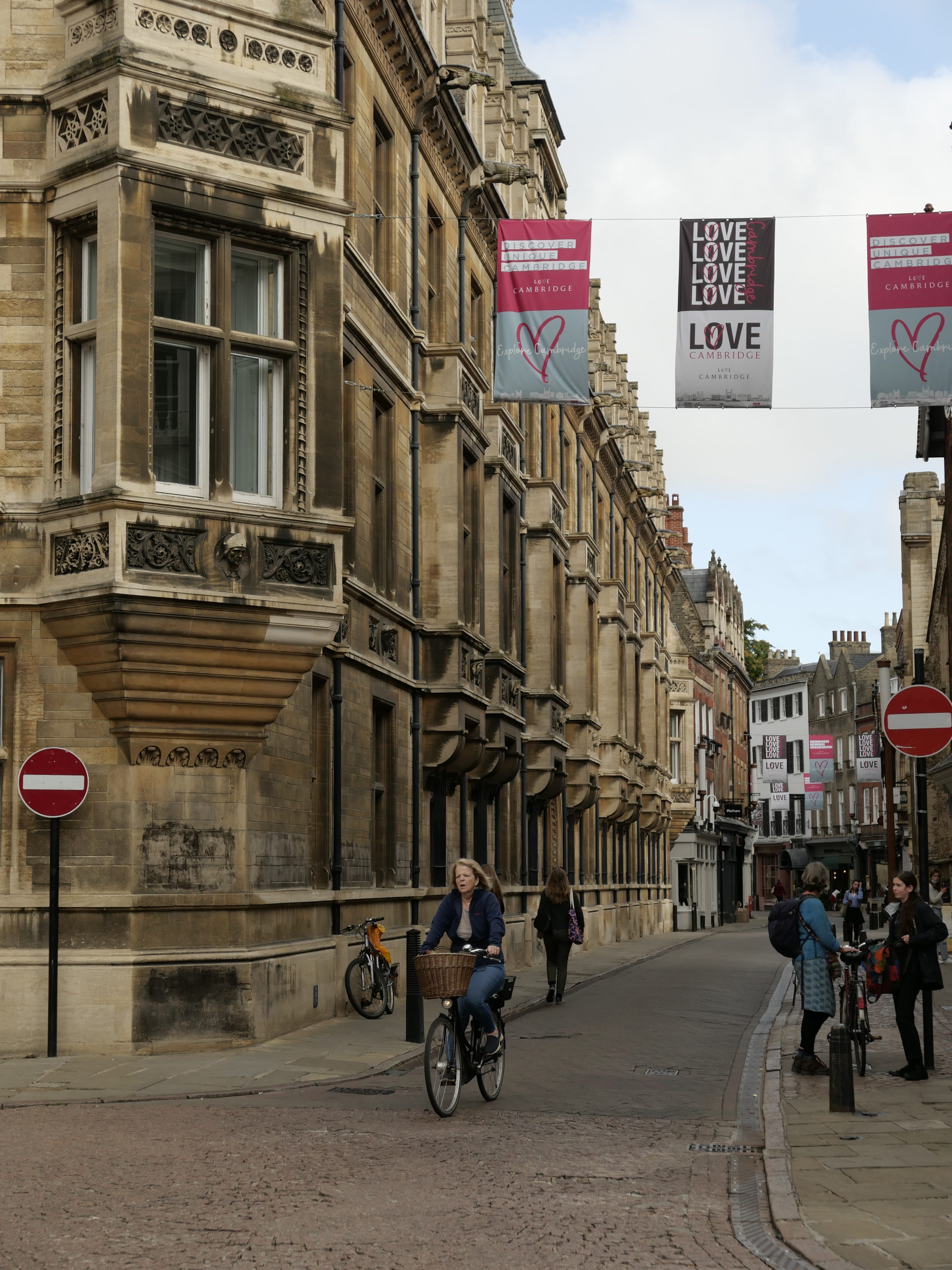
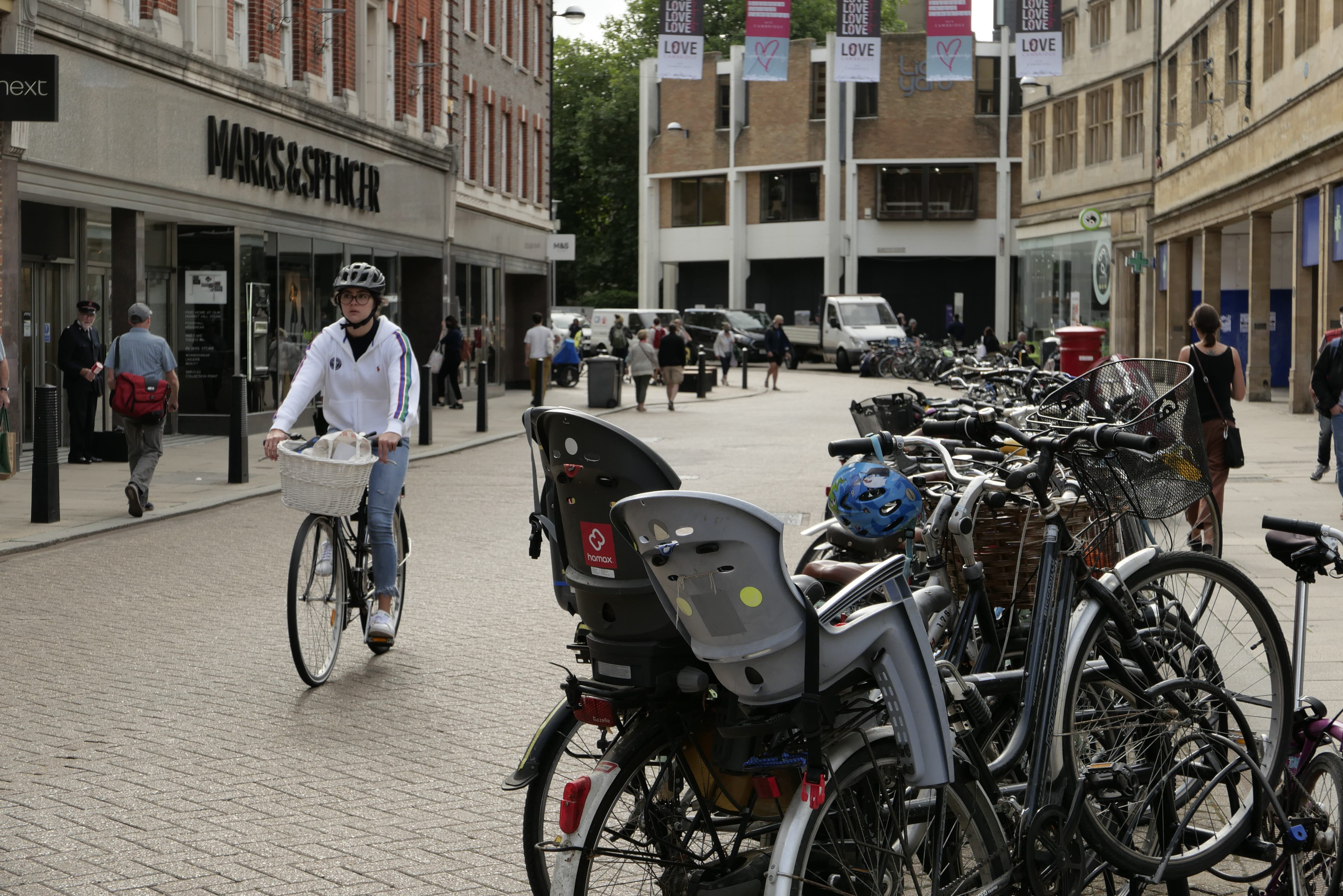
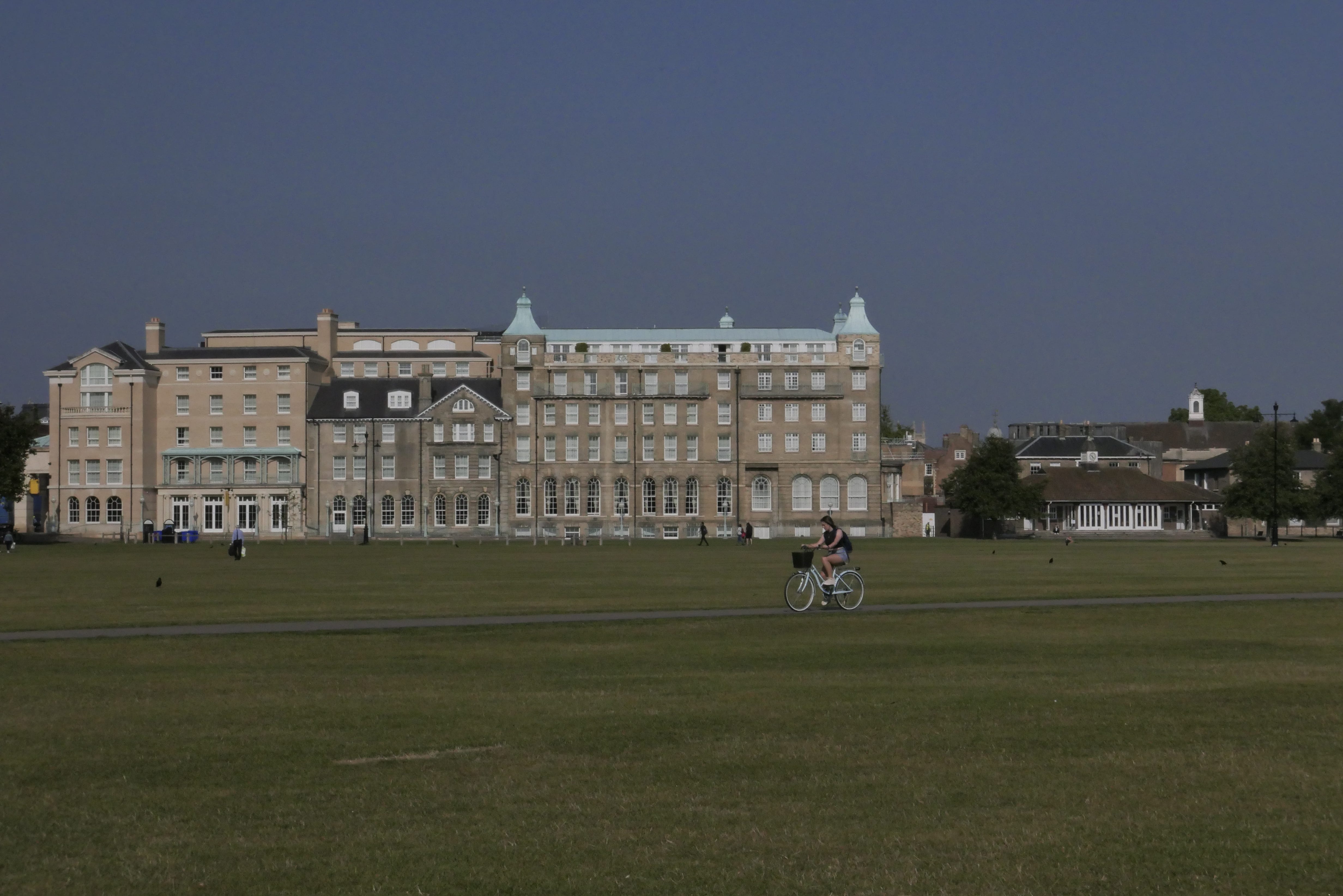
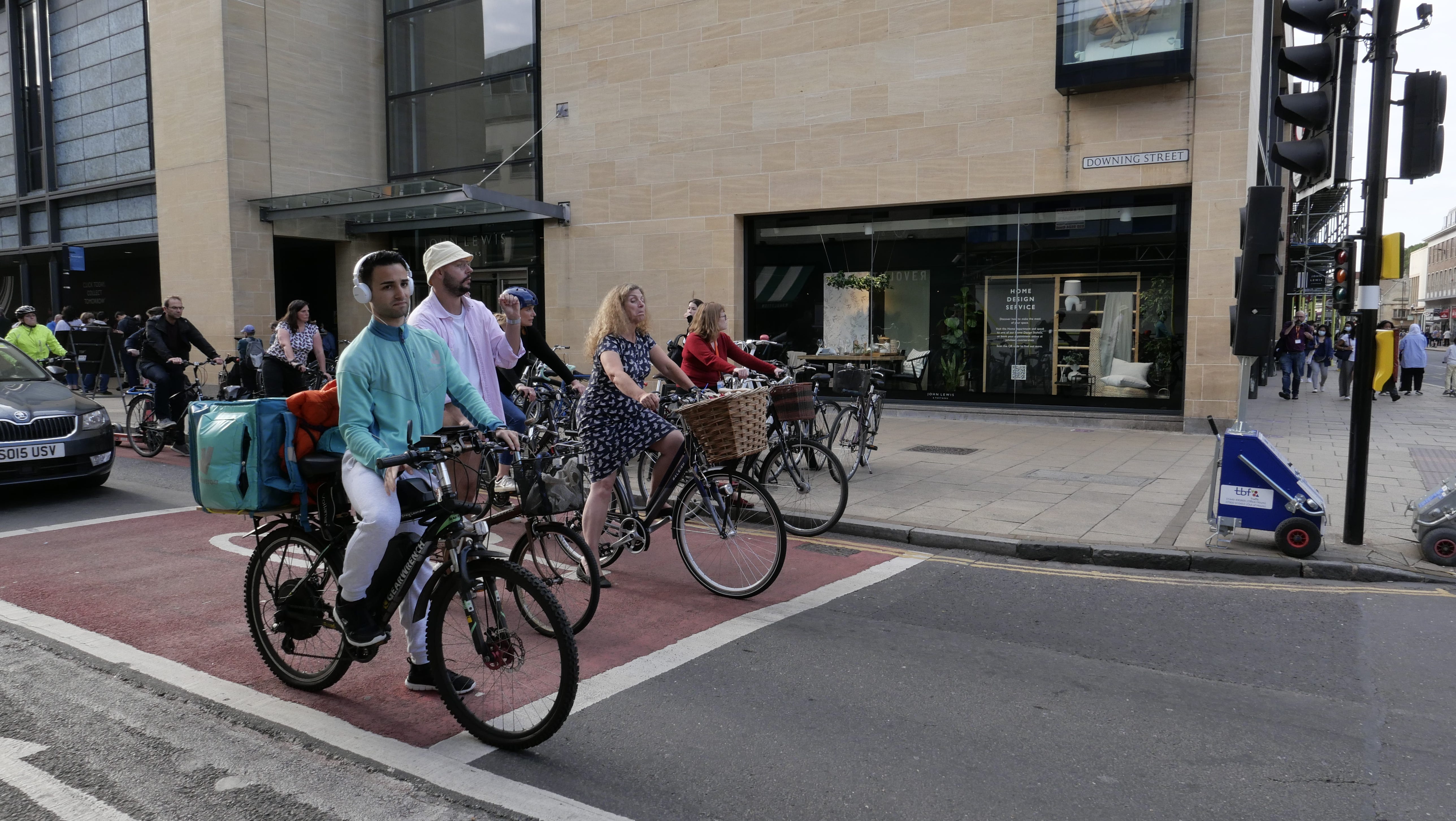
Quack, quack, quack!
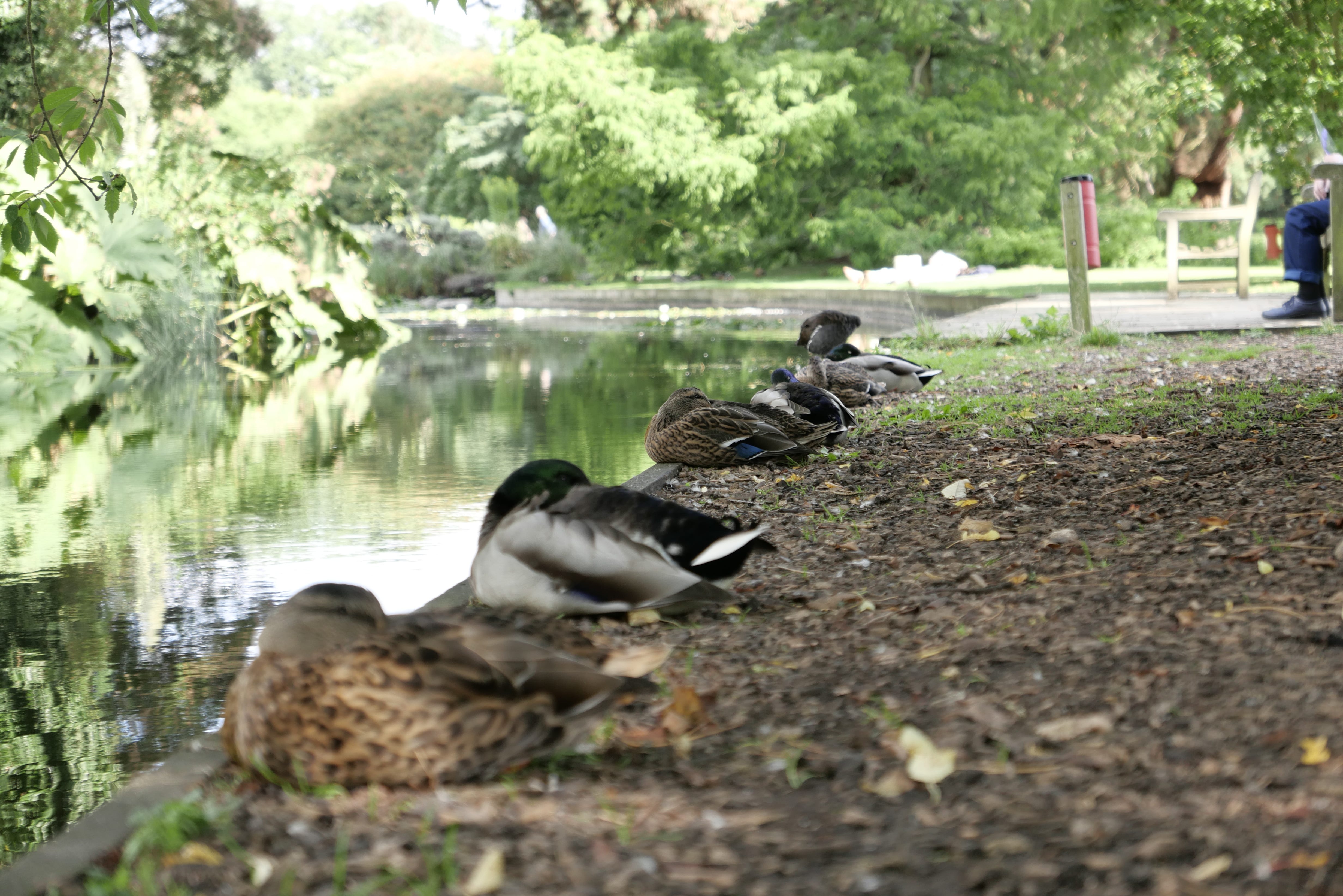
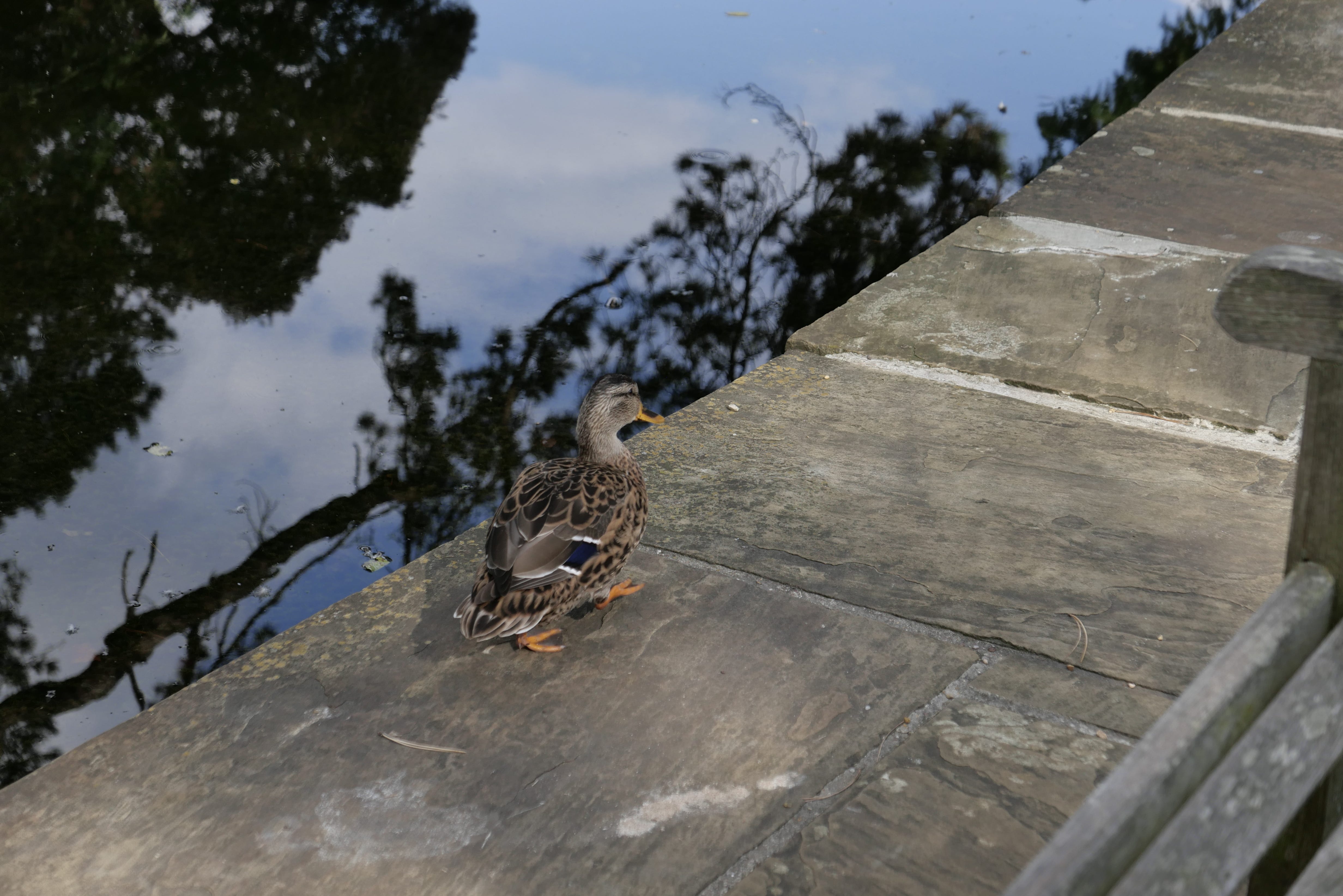
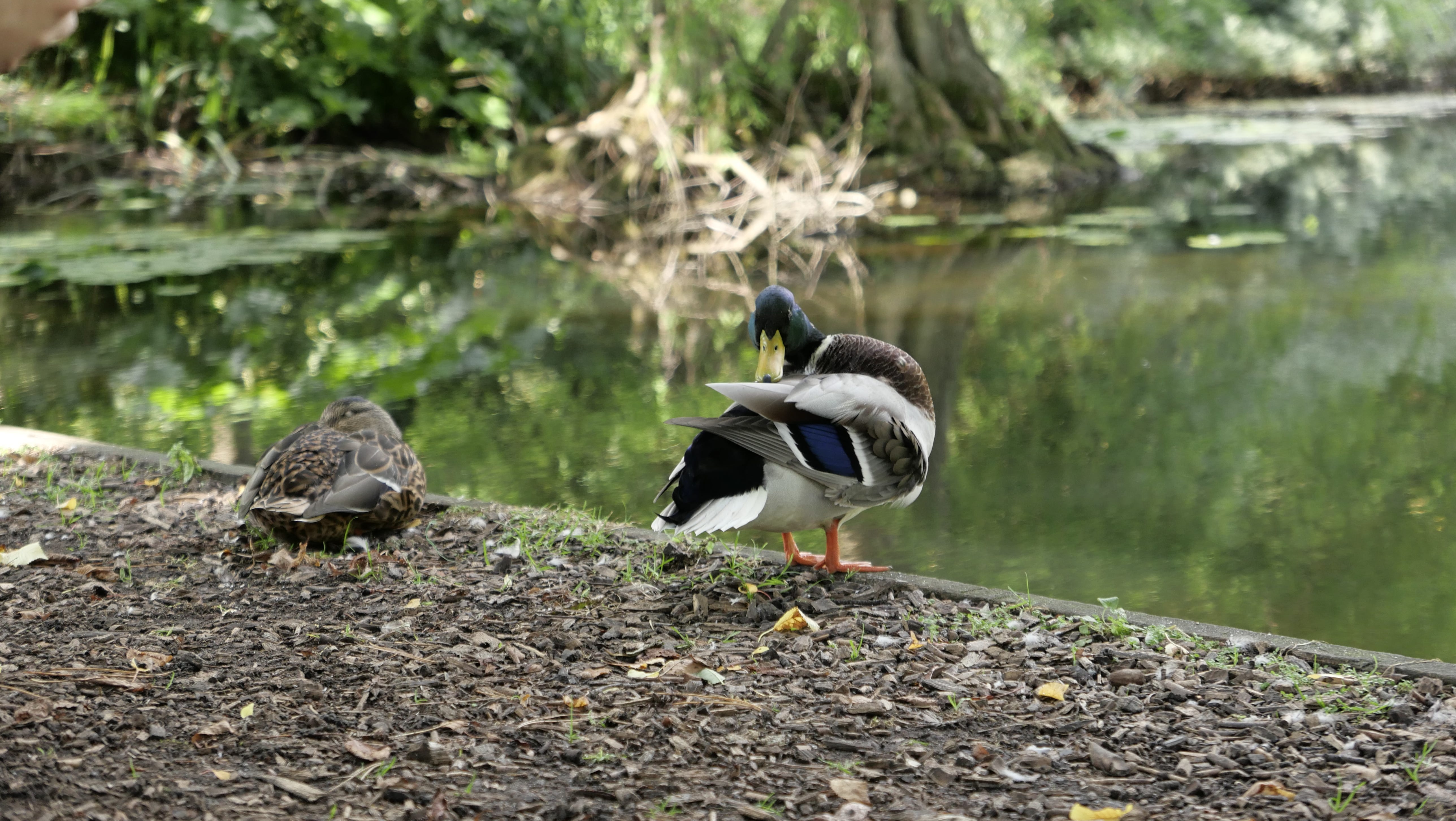
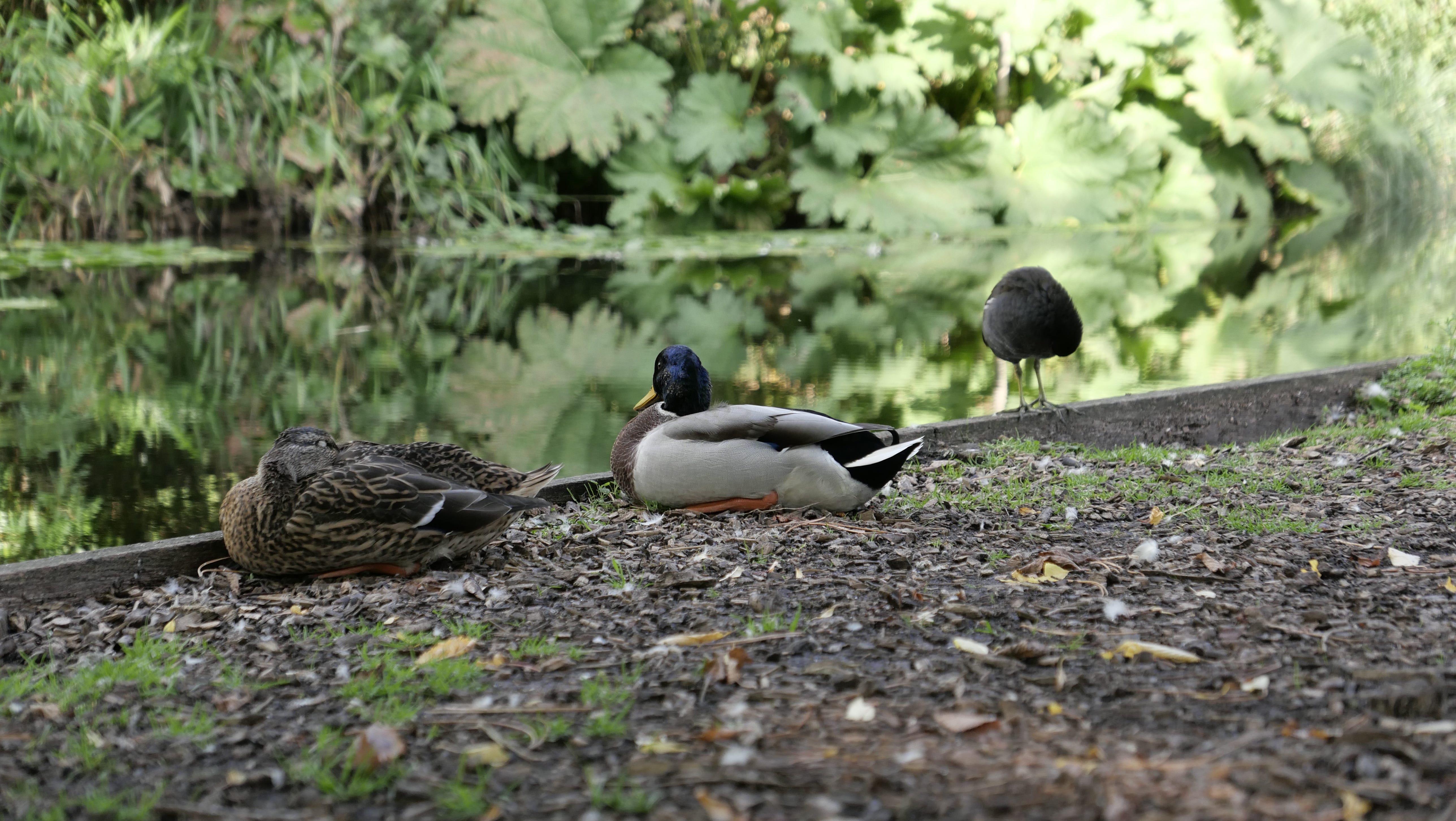
Quietly I am leaving……
As click-baity as this title might have seemed, I hope you’ve enjoyed the shots. At least I have managed to not make a single mention of trains, as some of you complained the nerdy nature of my trainspotting-content-filled profile (how dare you?! 🙂
And in case you were wondering how I edited the photos in this post, it’s simple: I didn’t. Somehow the original colors best suit a blog of this nature.
And here’s more random shots that didn’t quite fit in to other sections of this story.
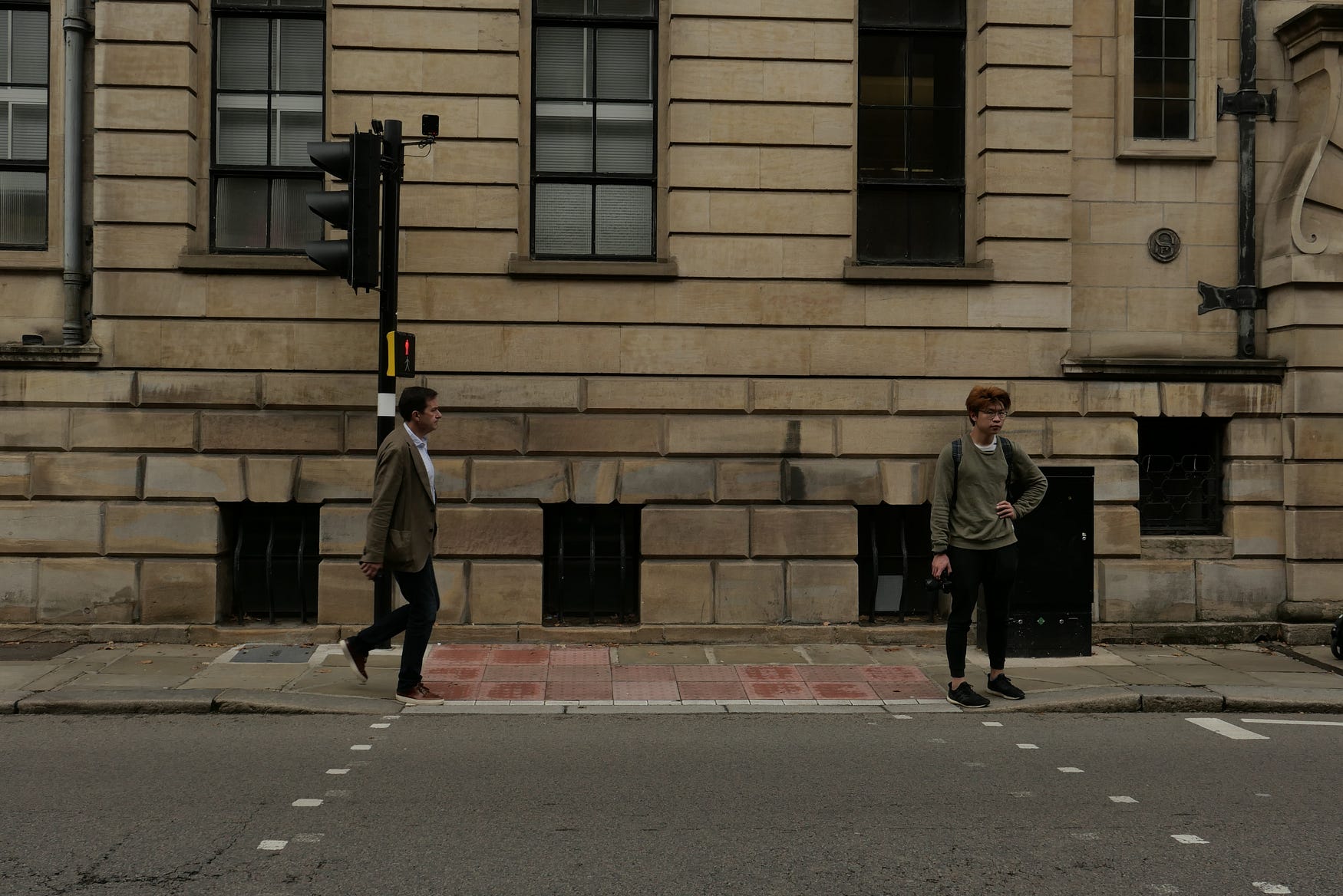
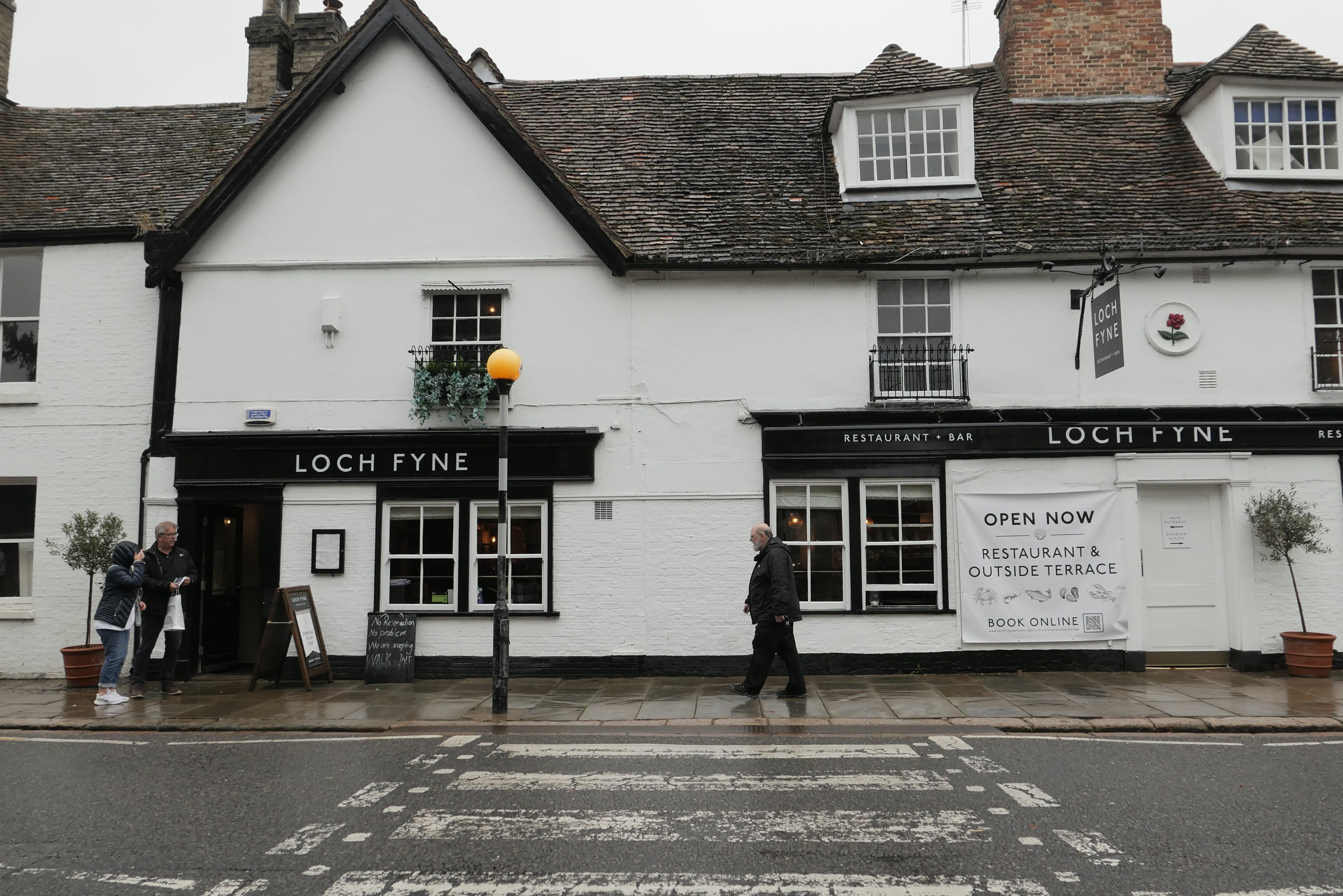
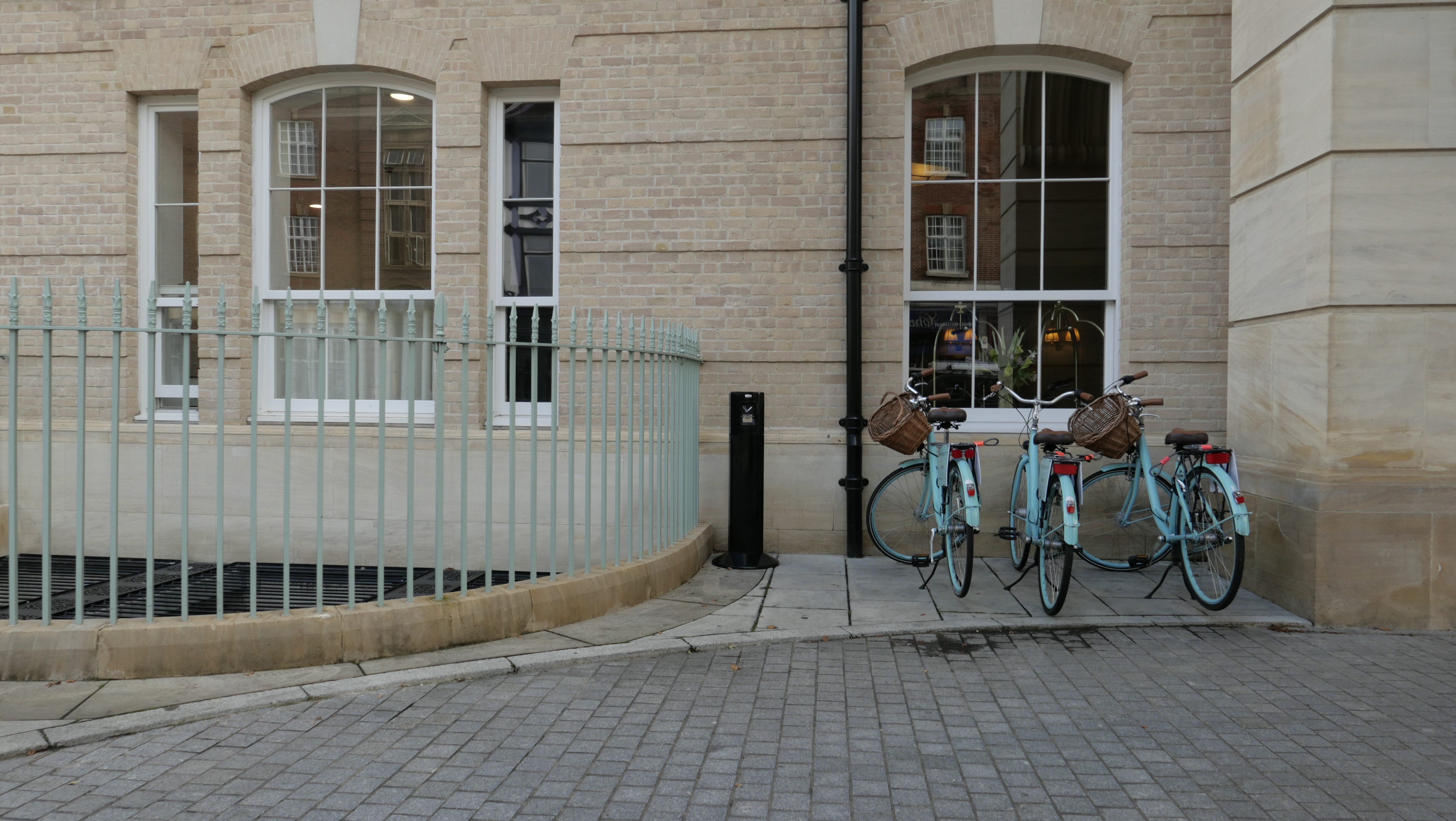
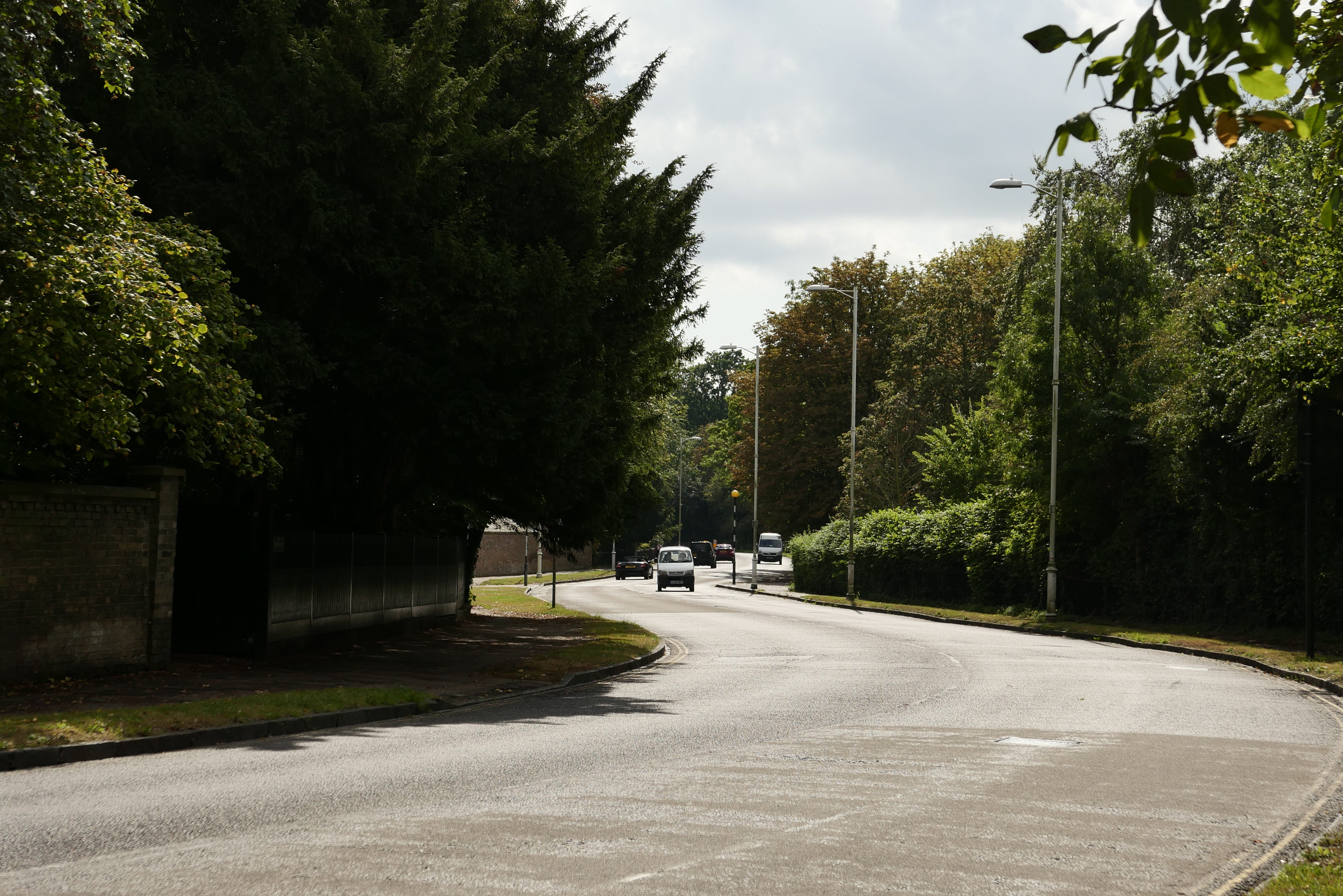
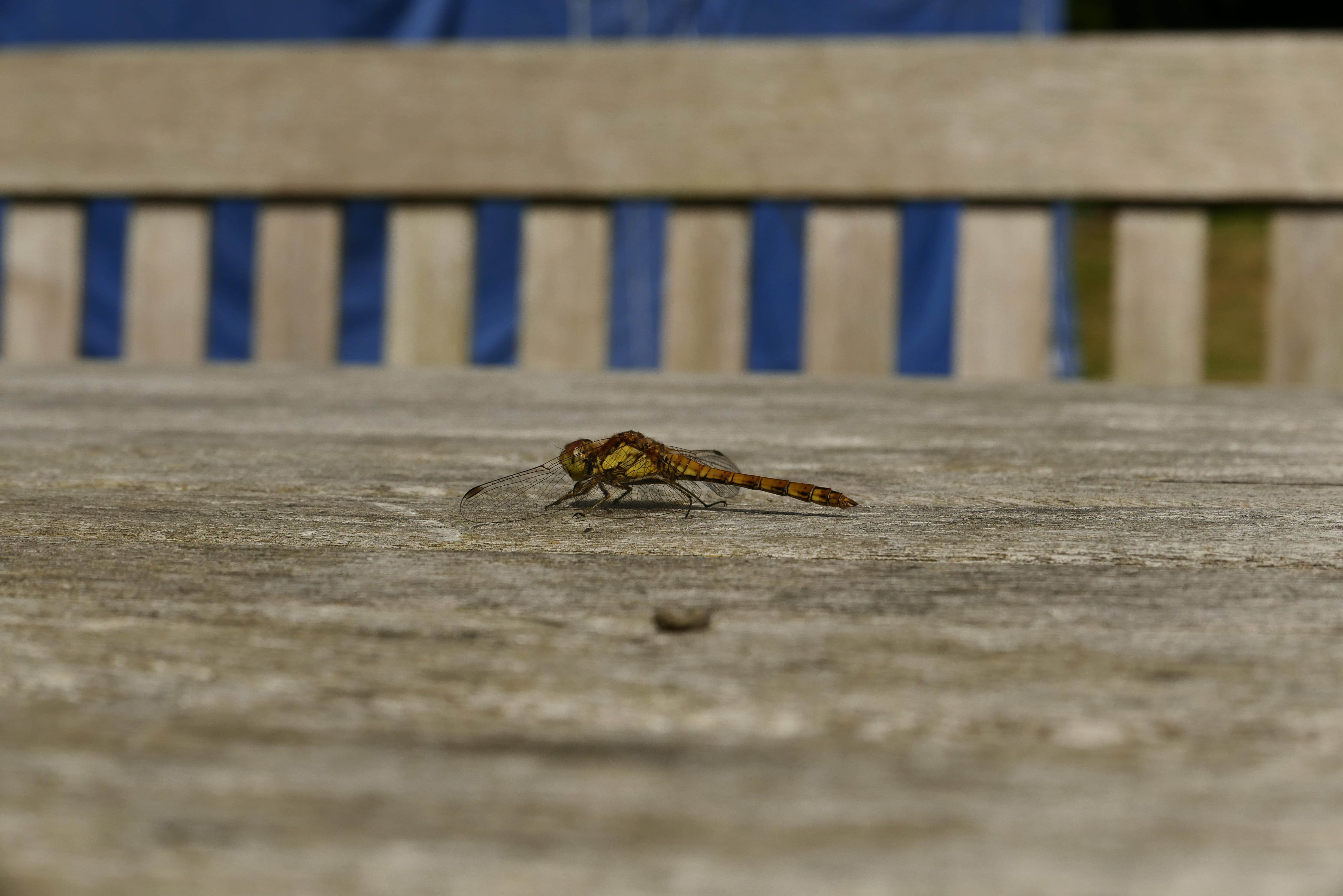
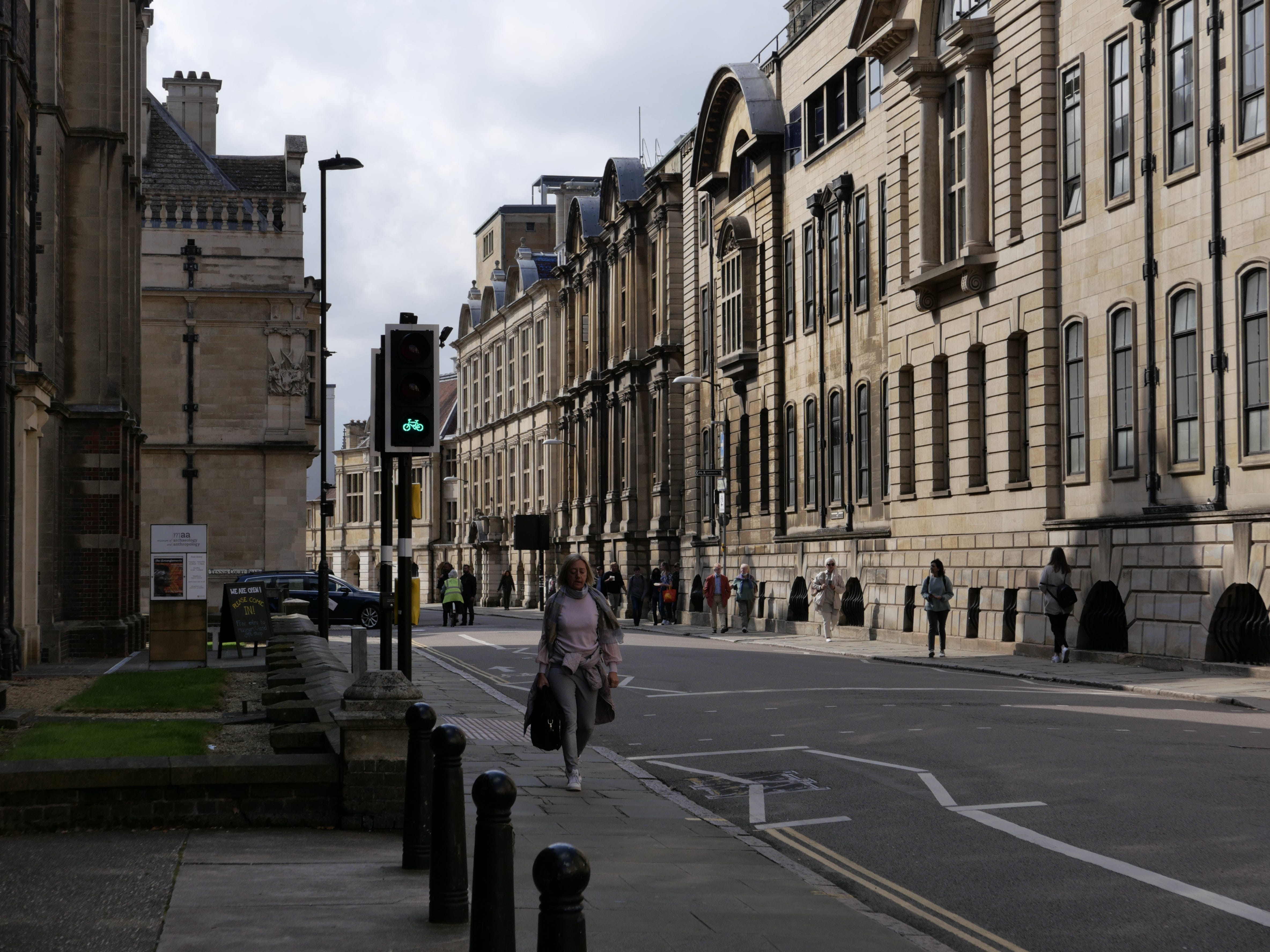
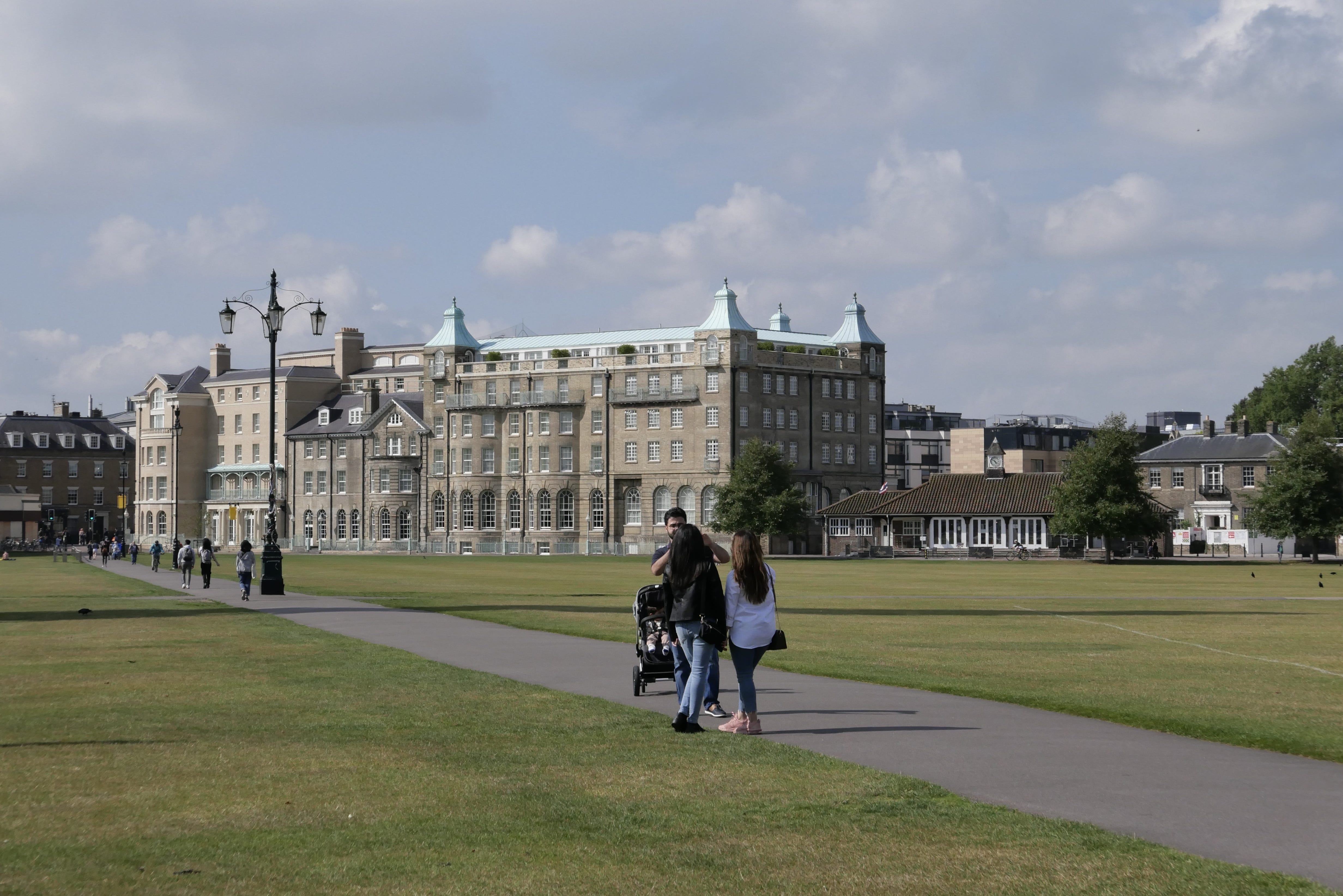
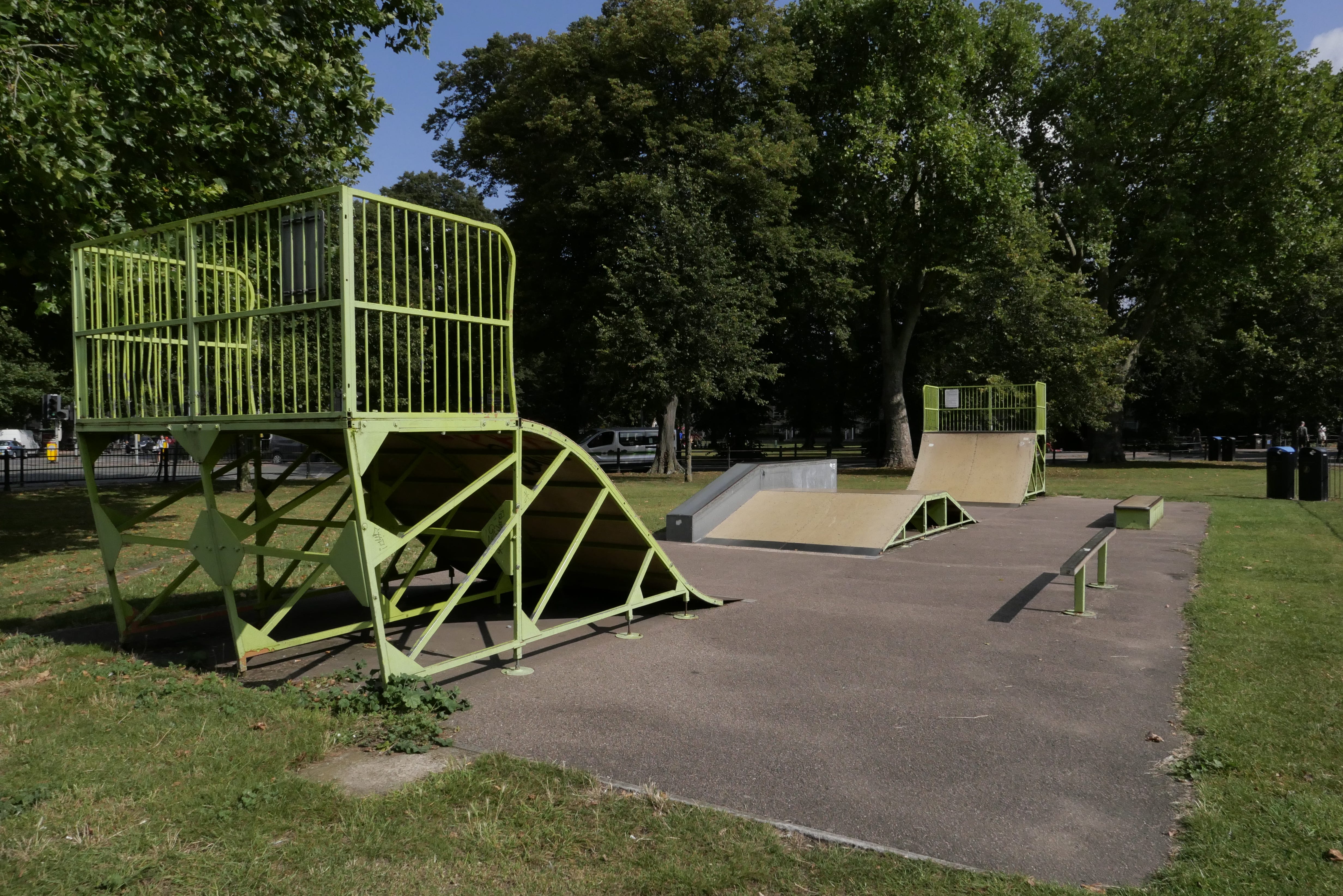
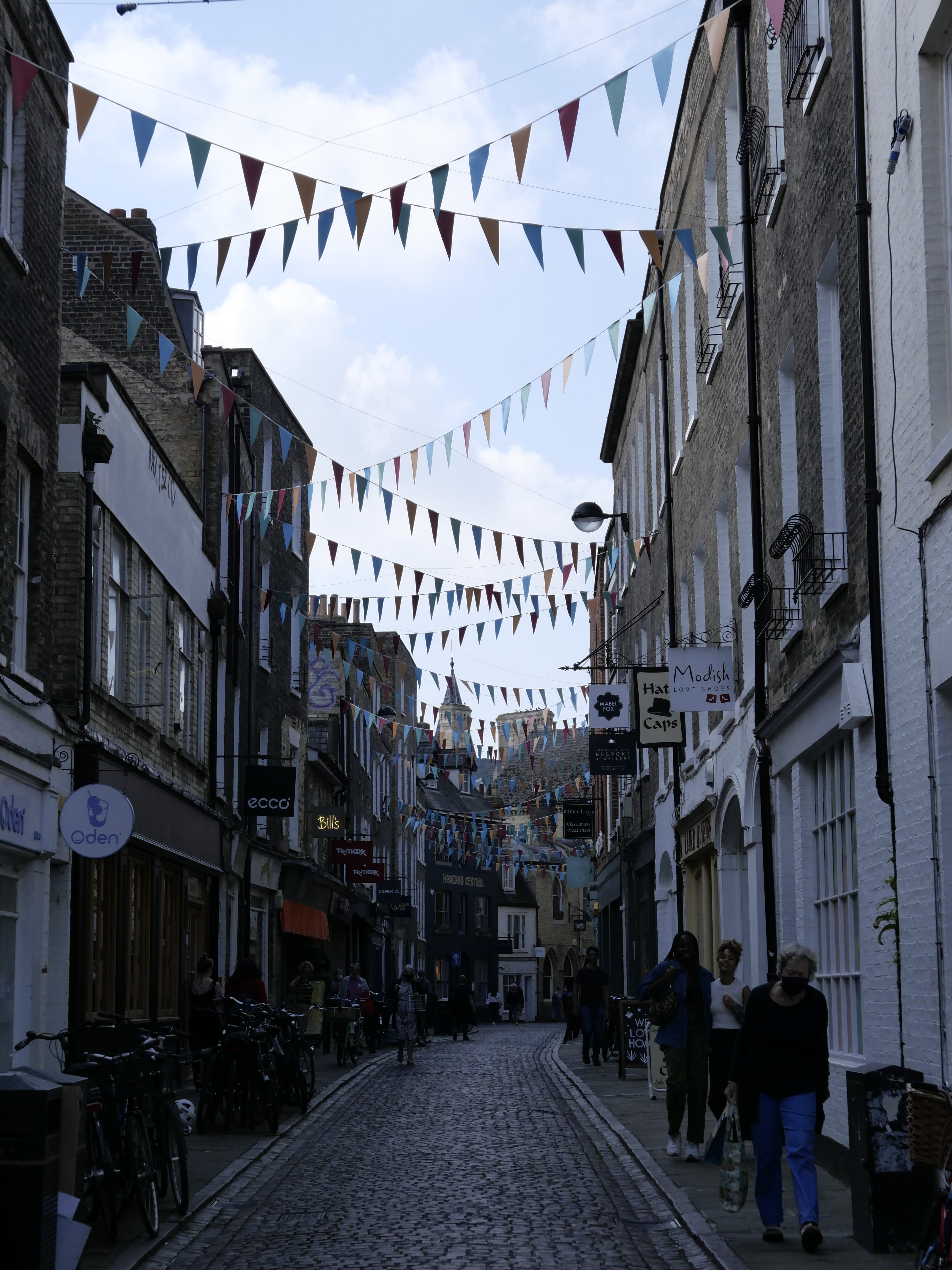
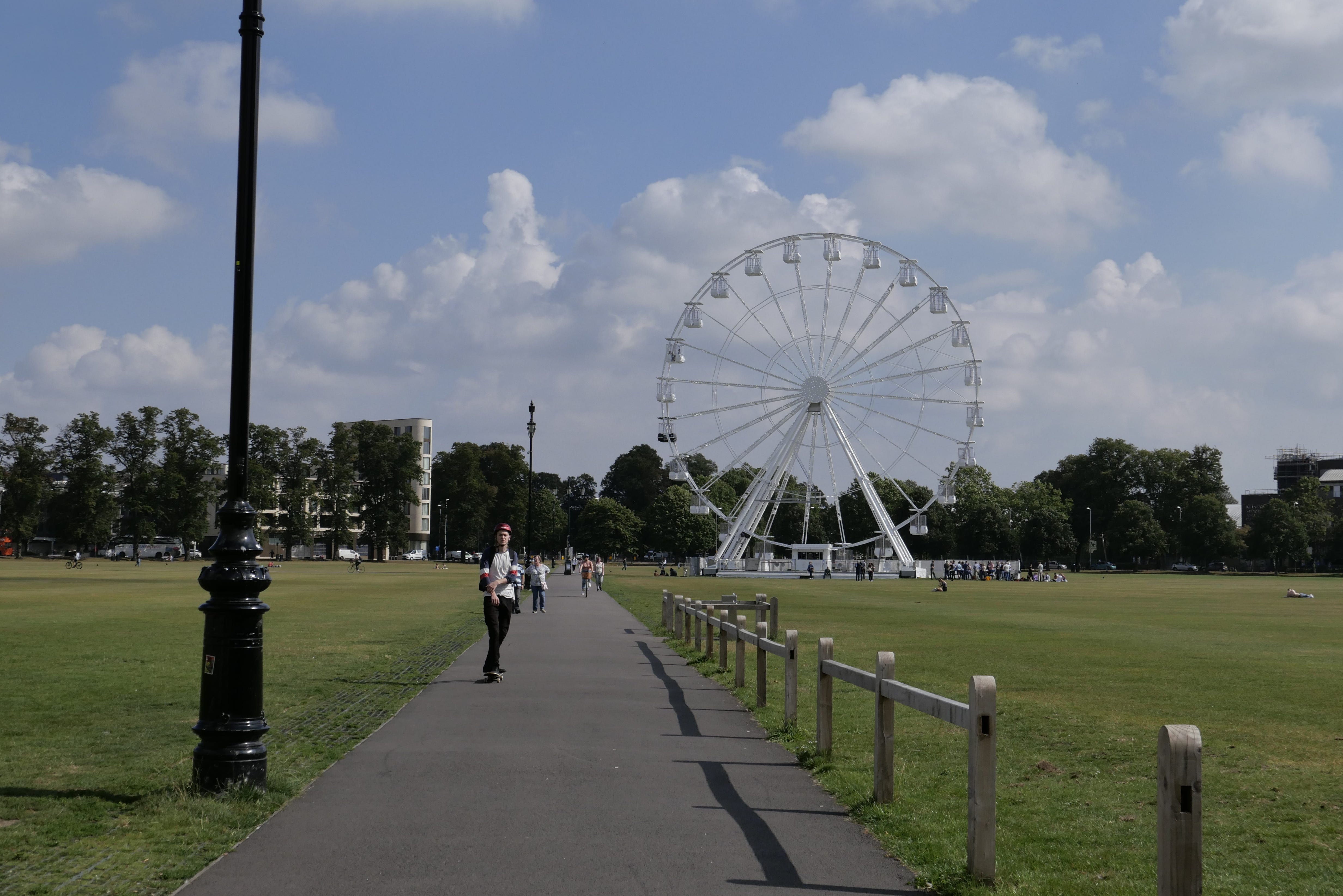
And this time it really is the end!
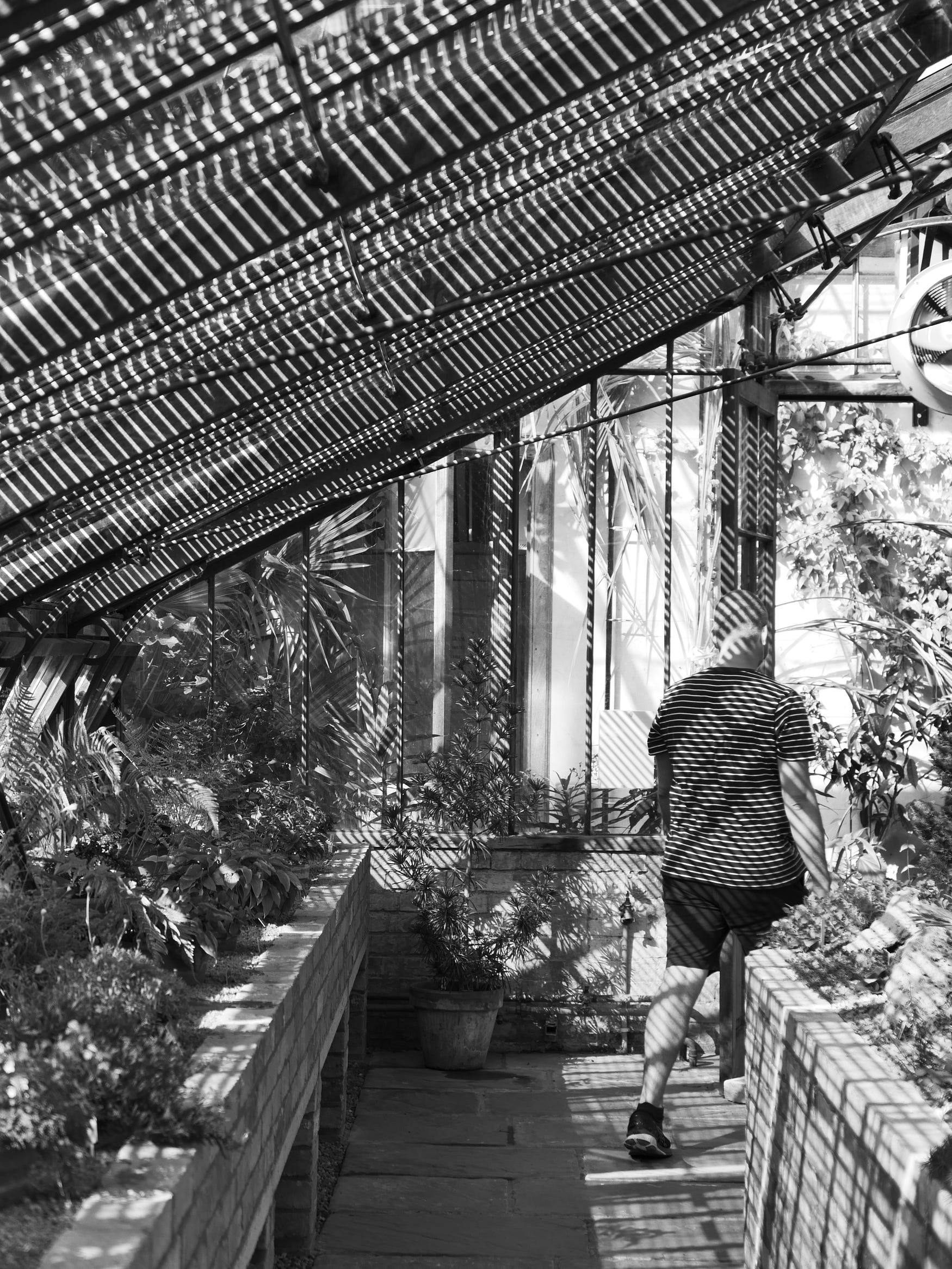
Leave a Reply